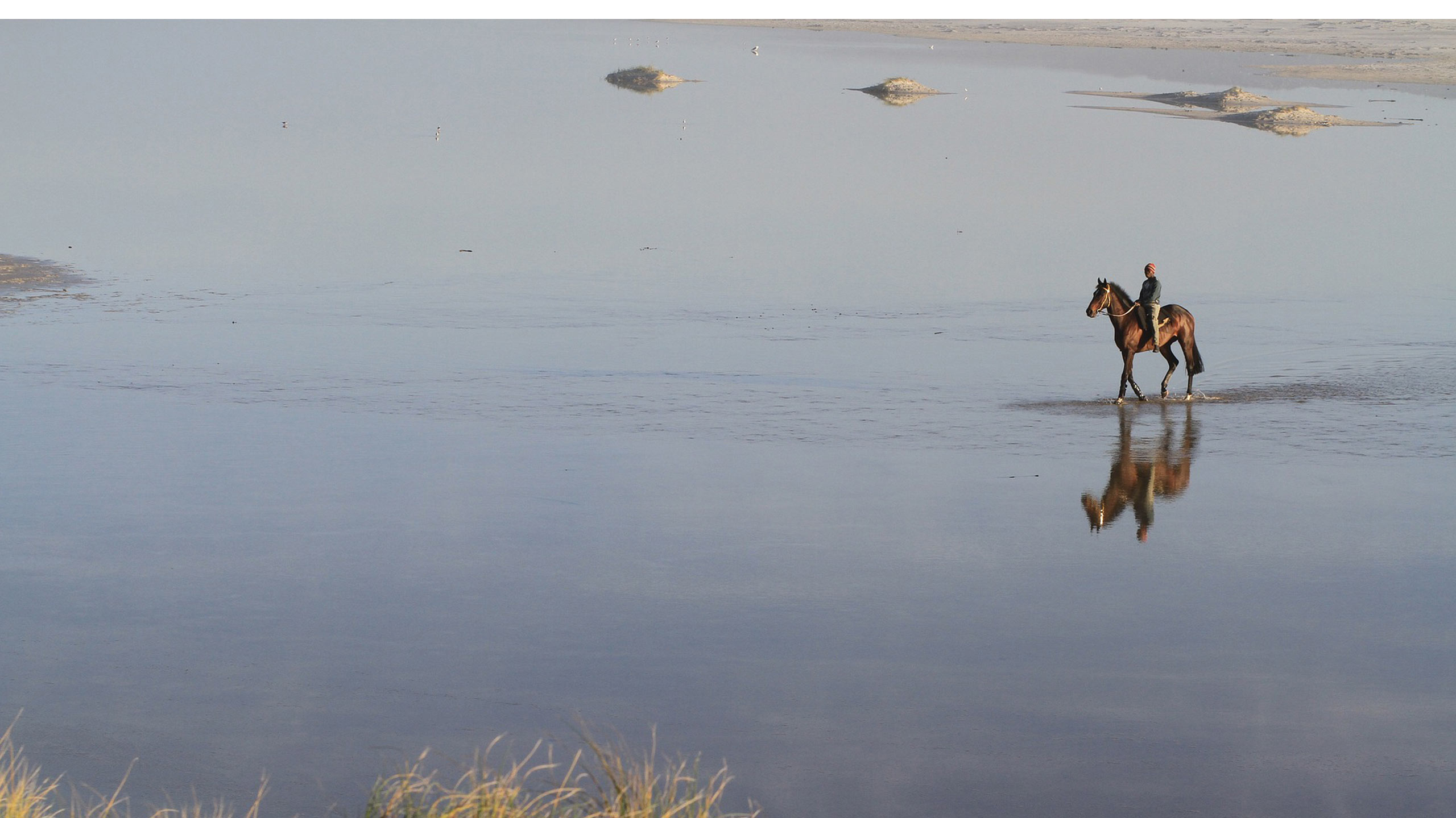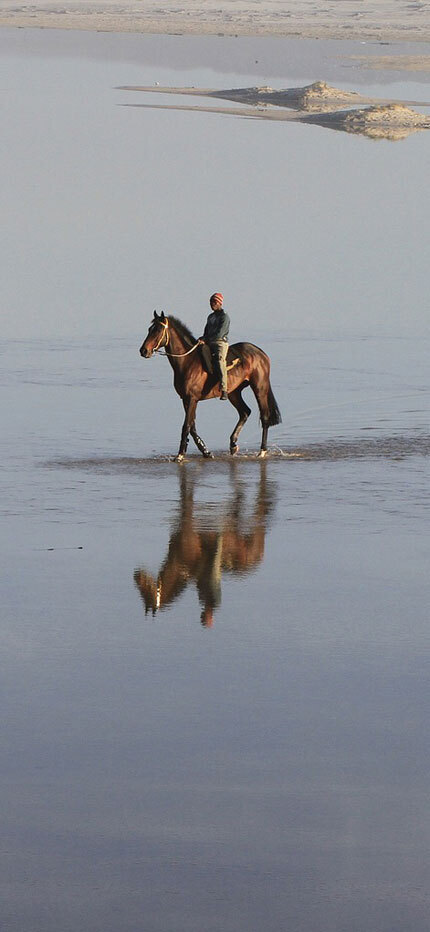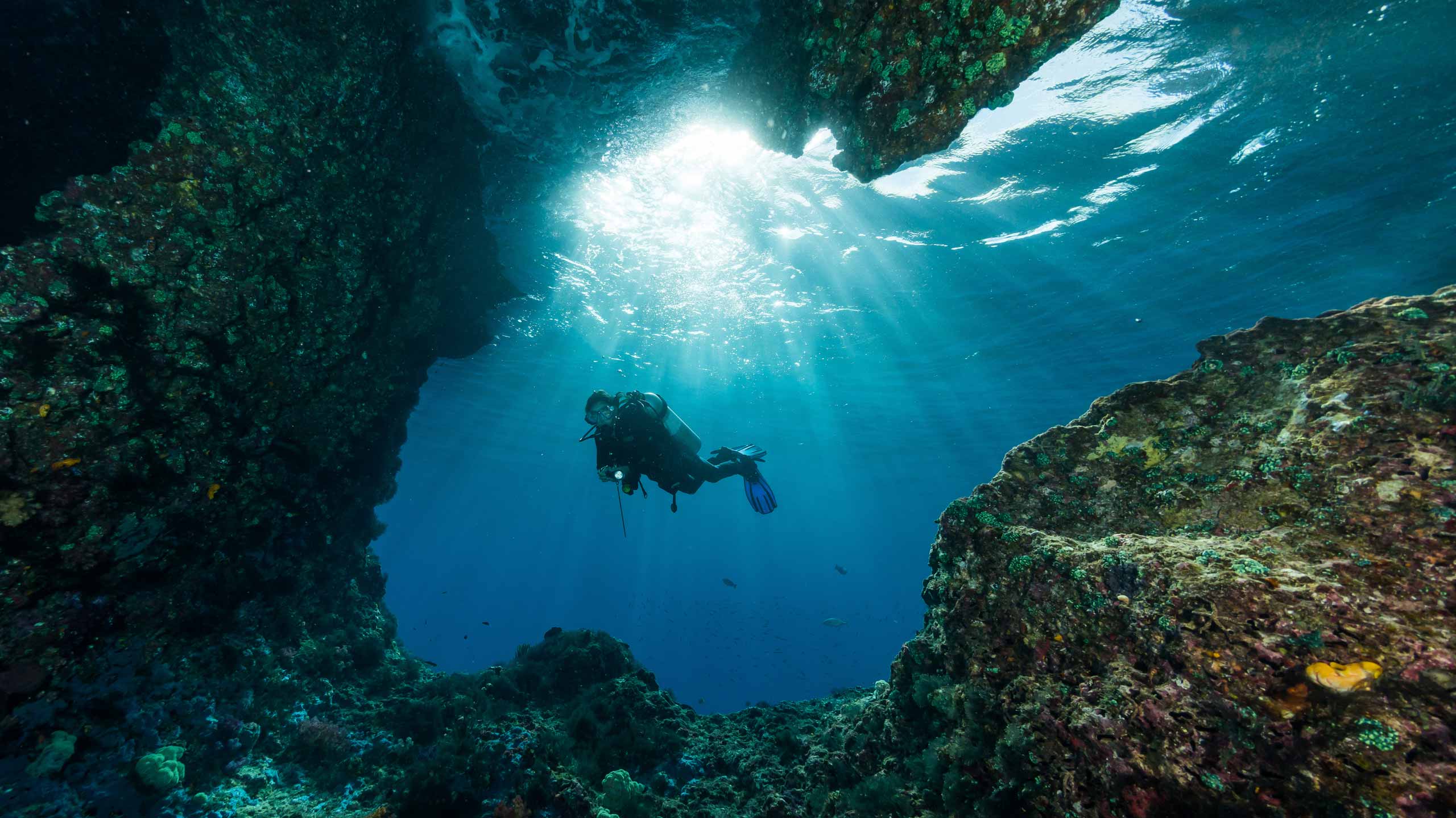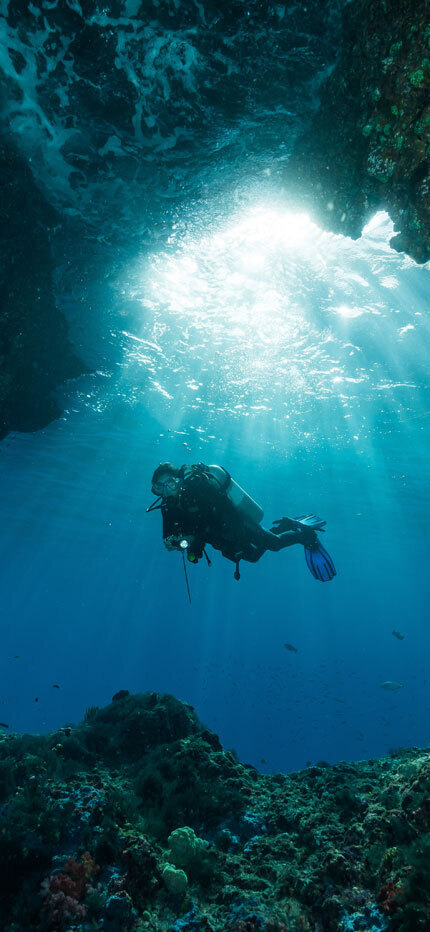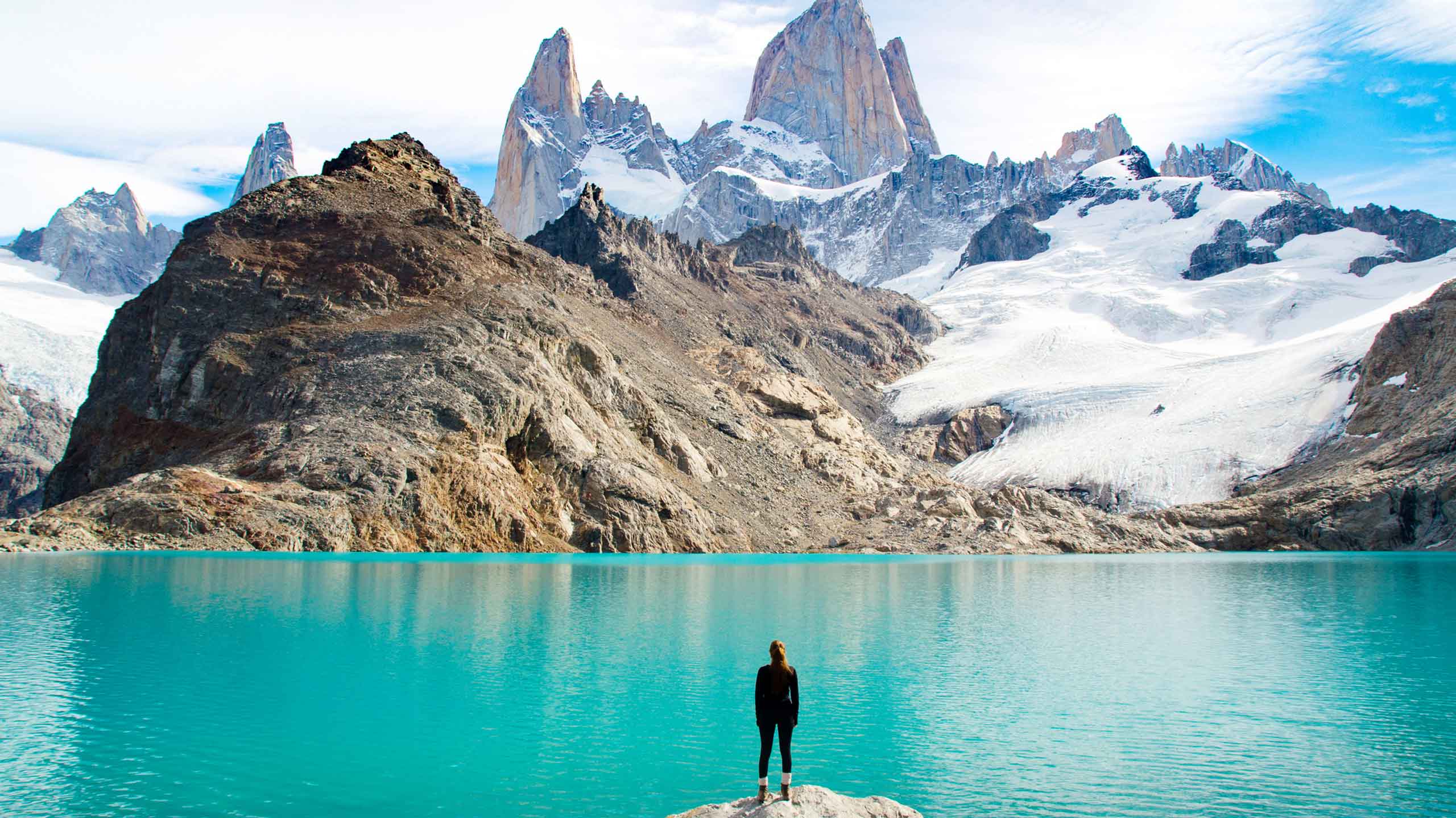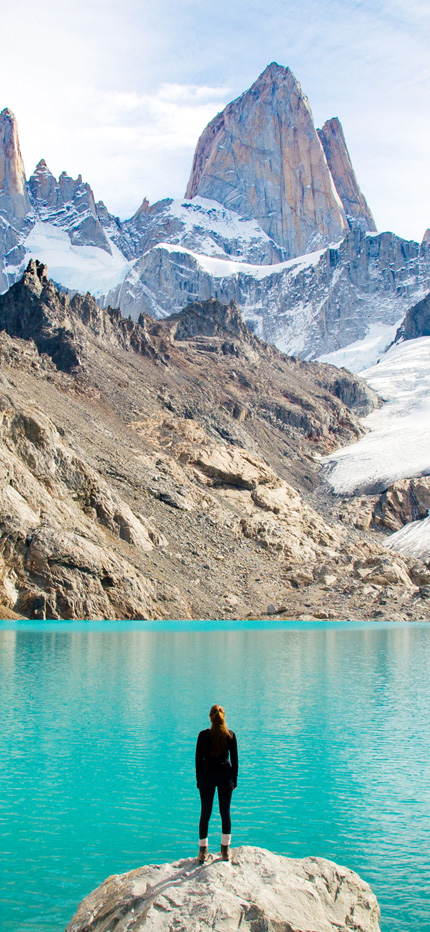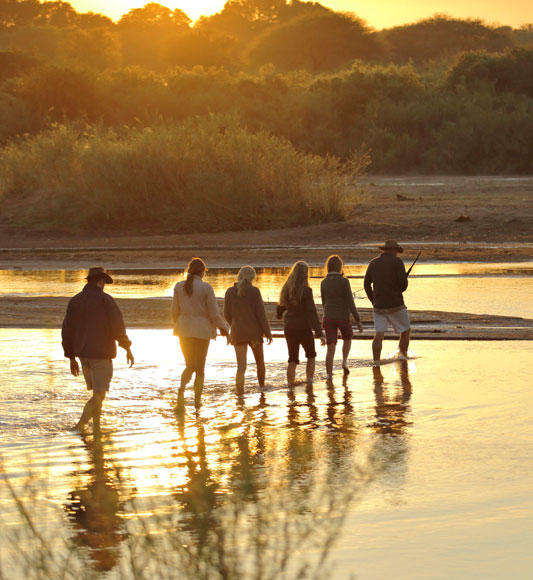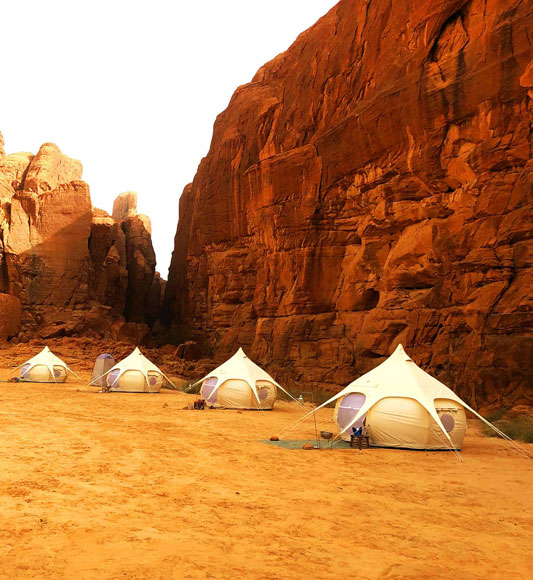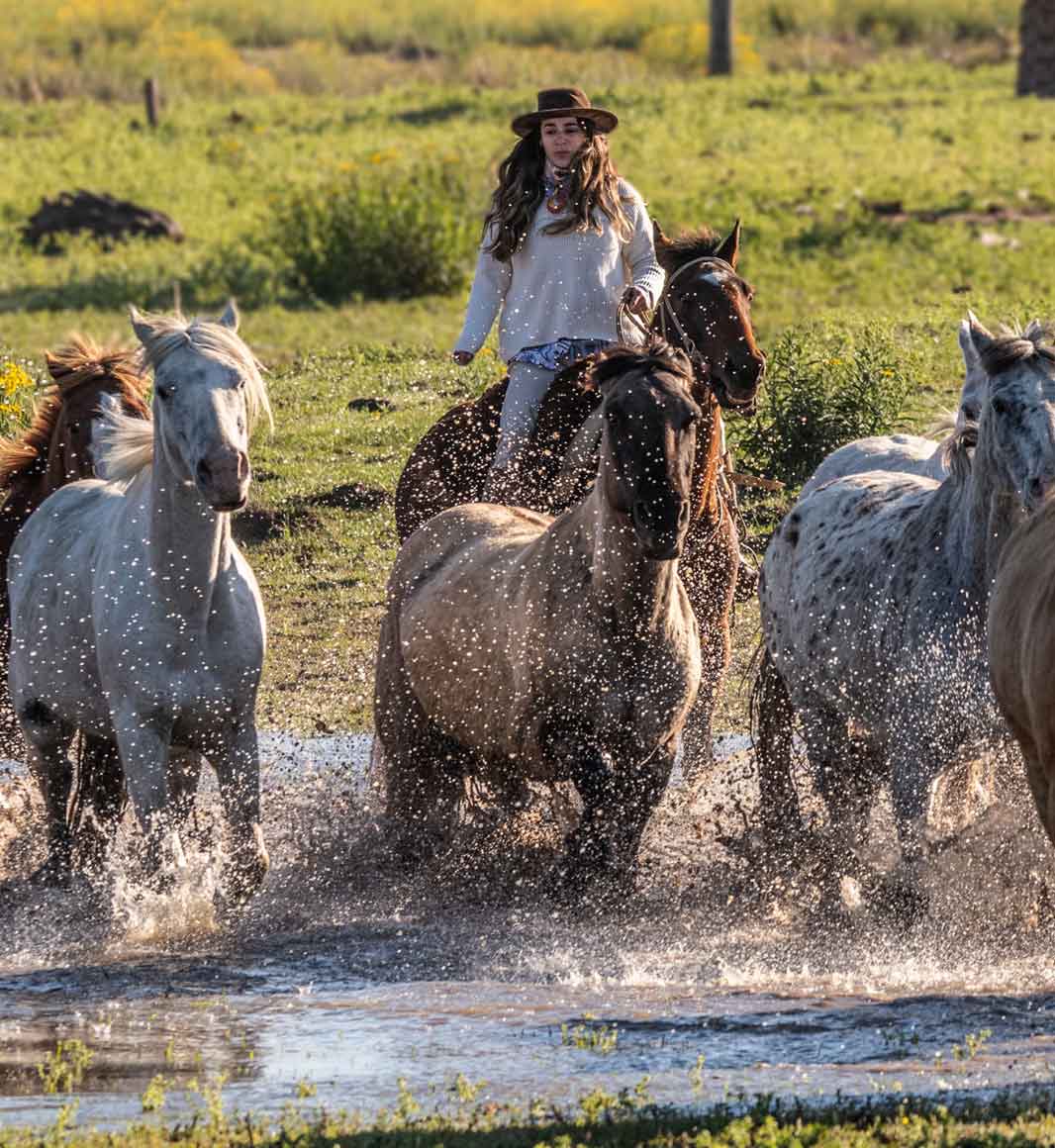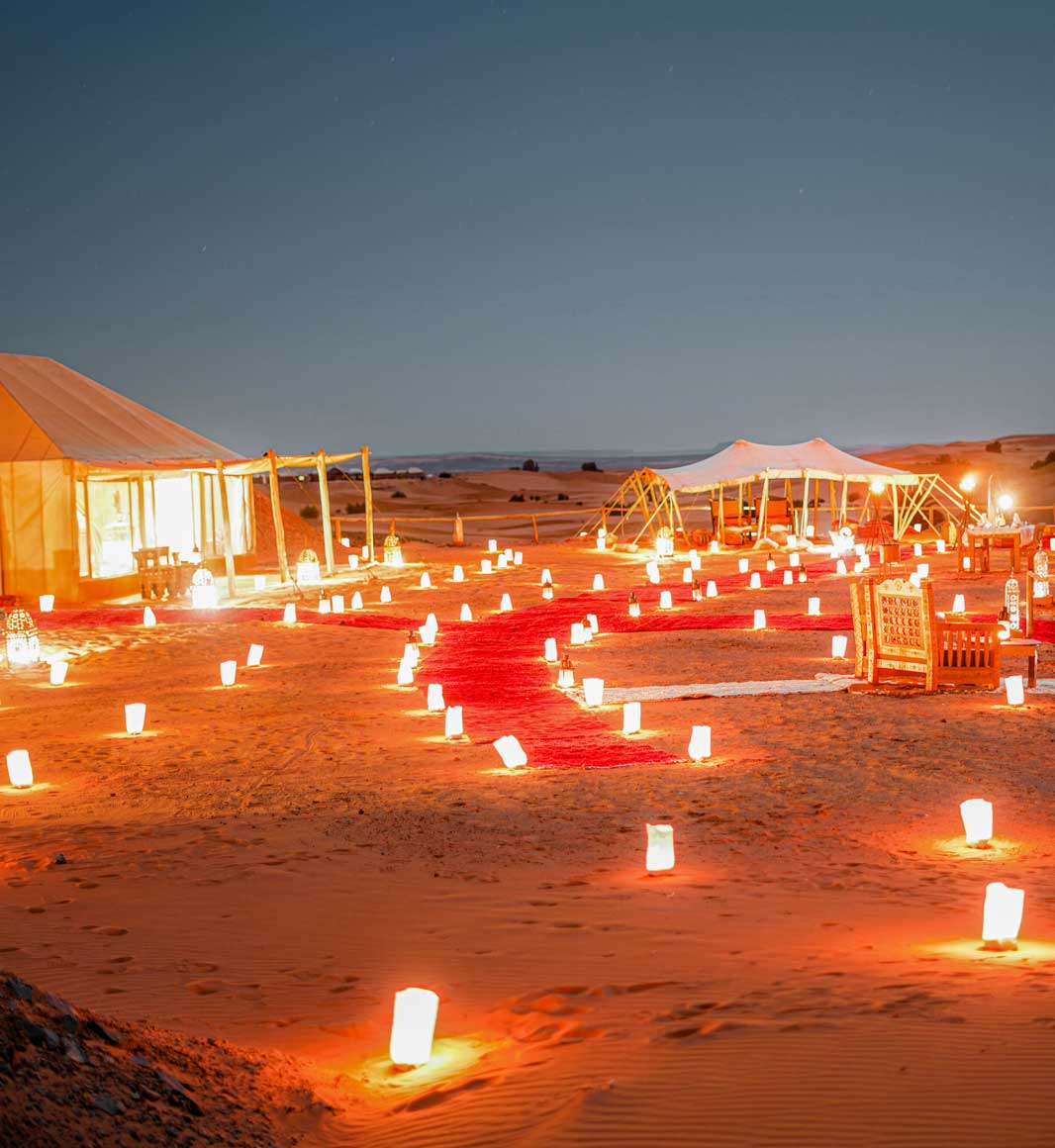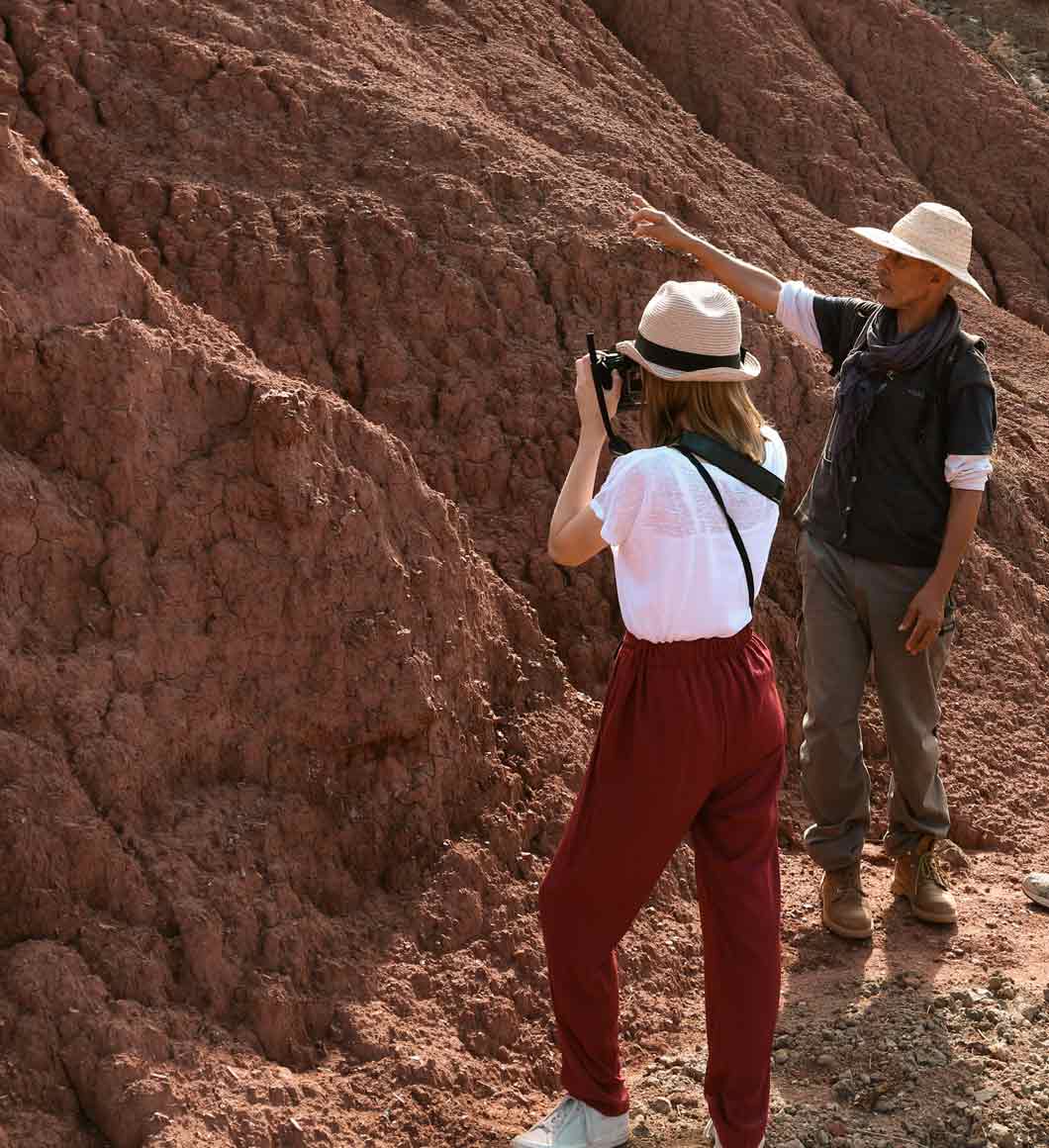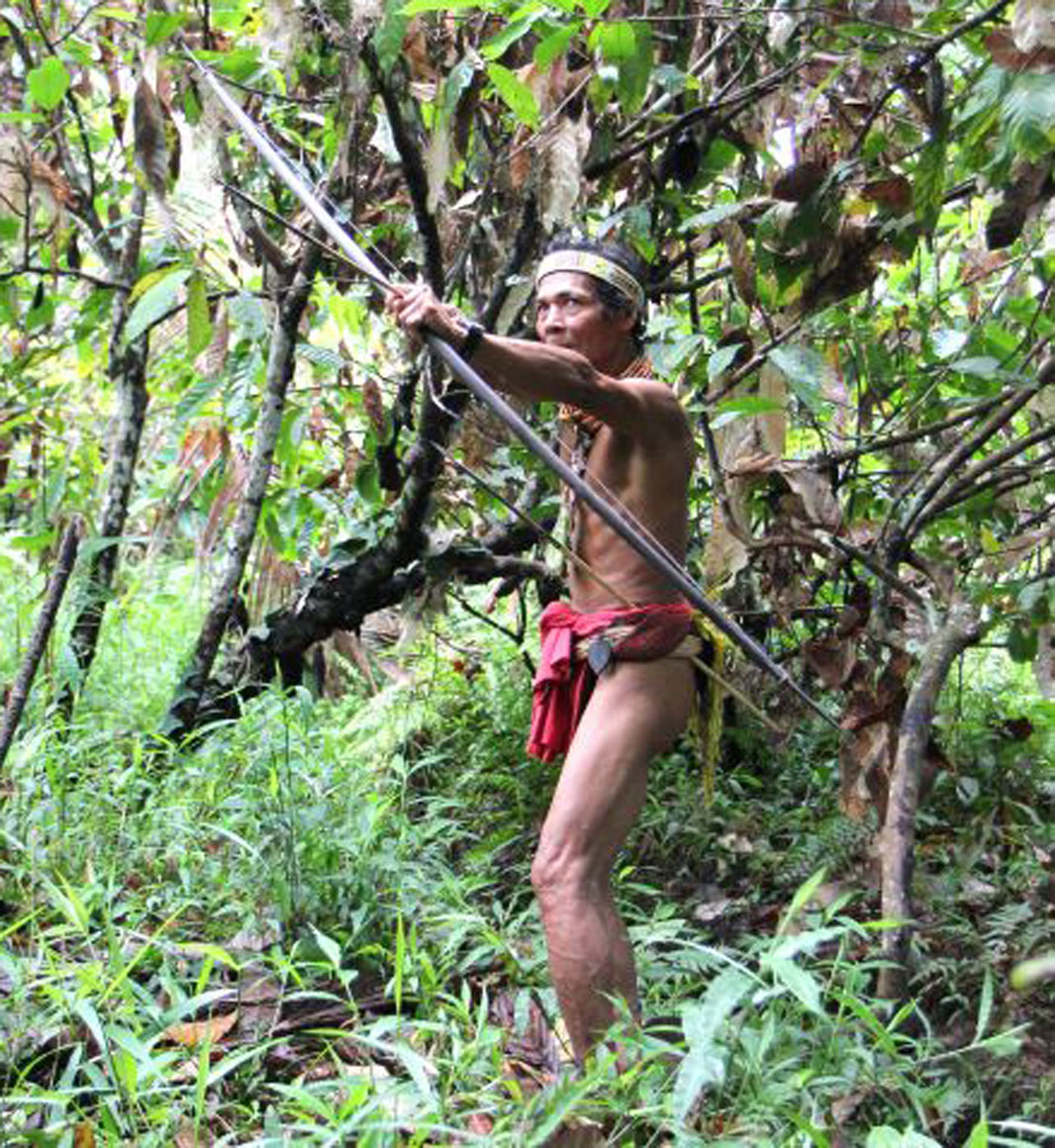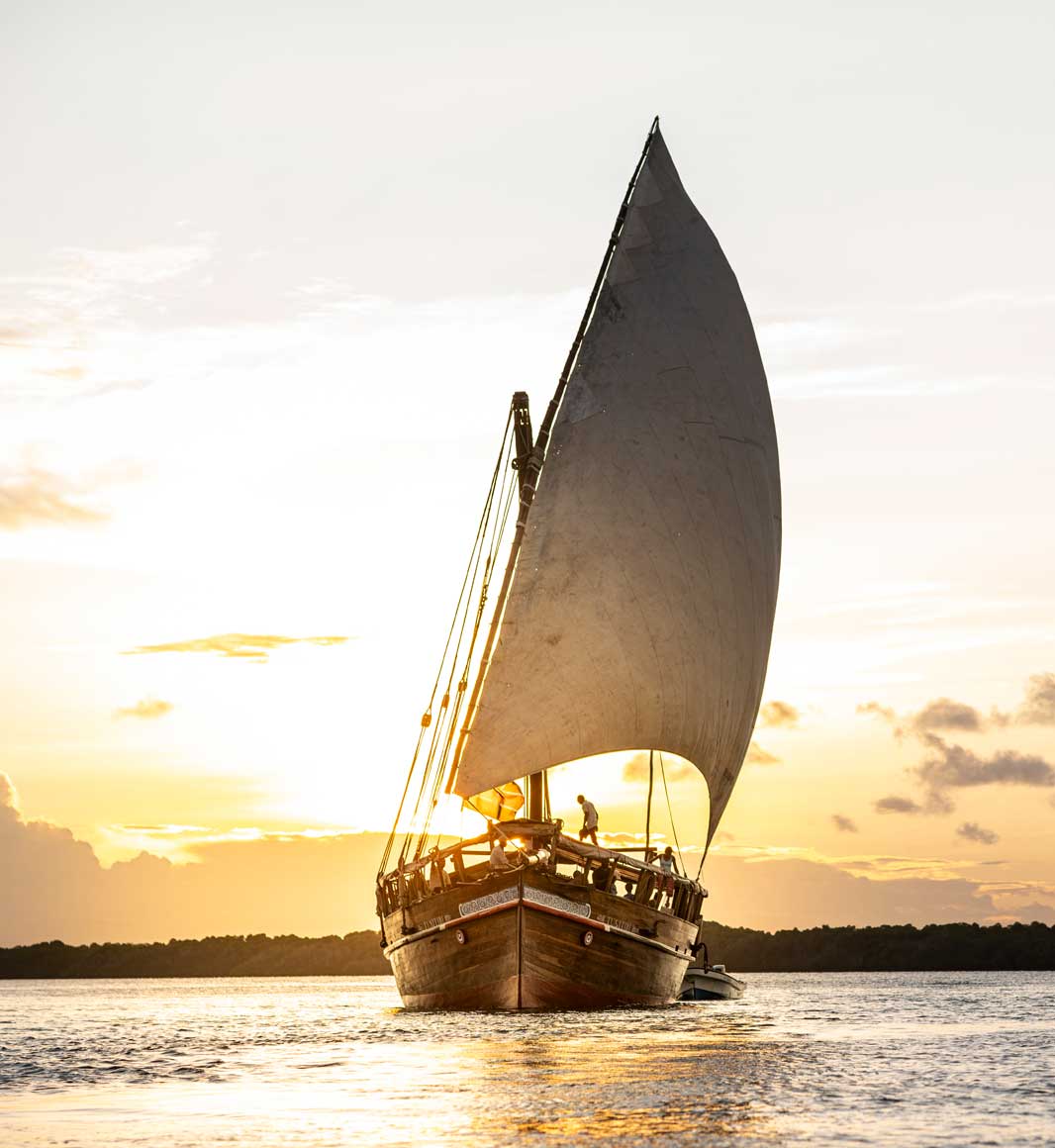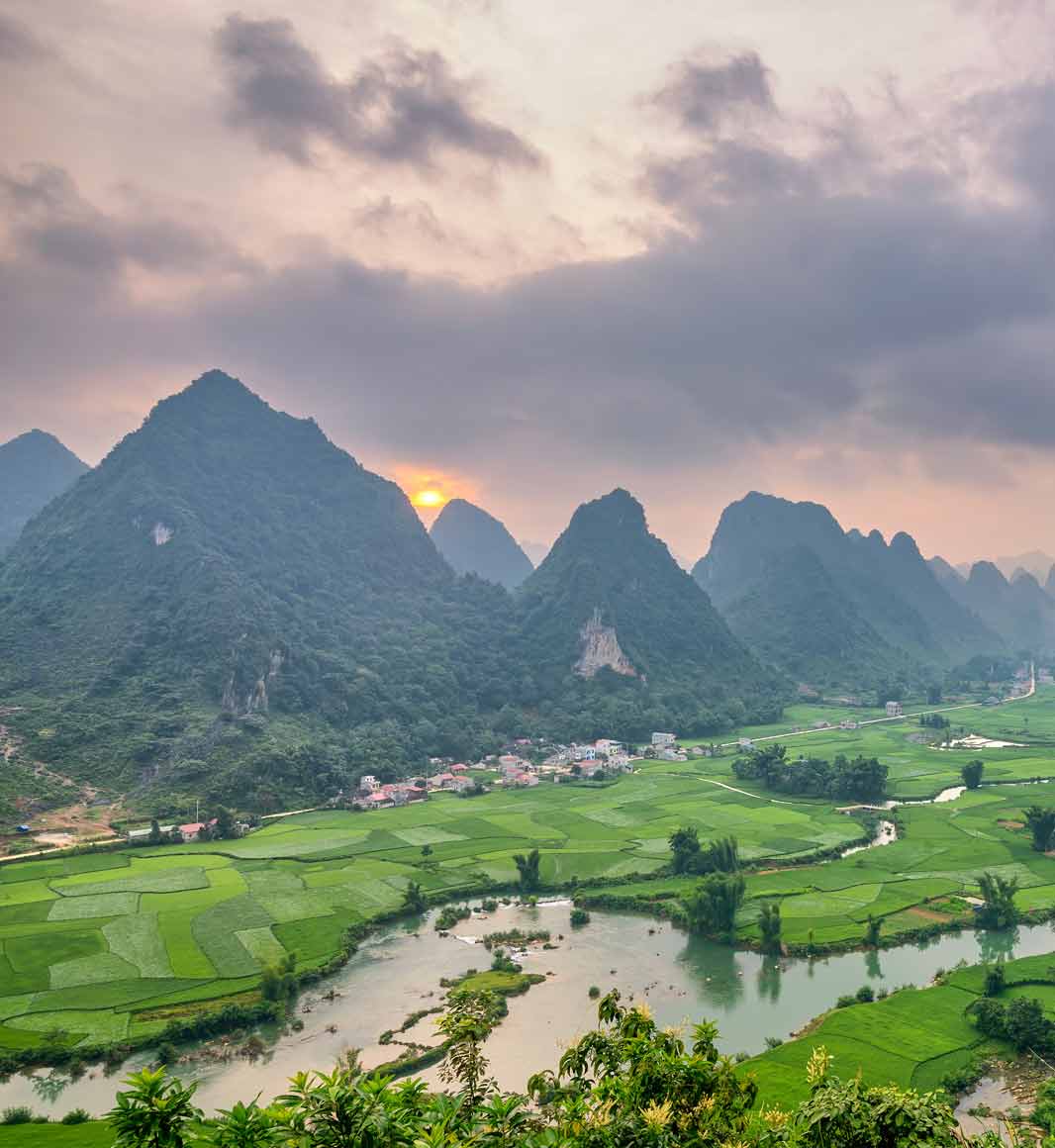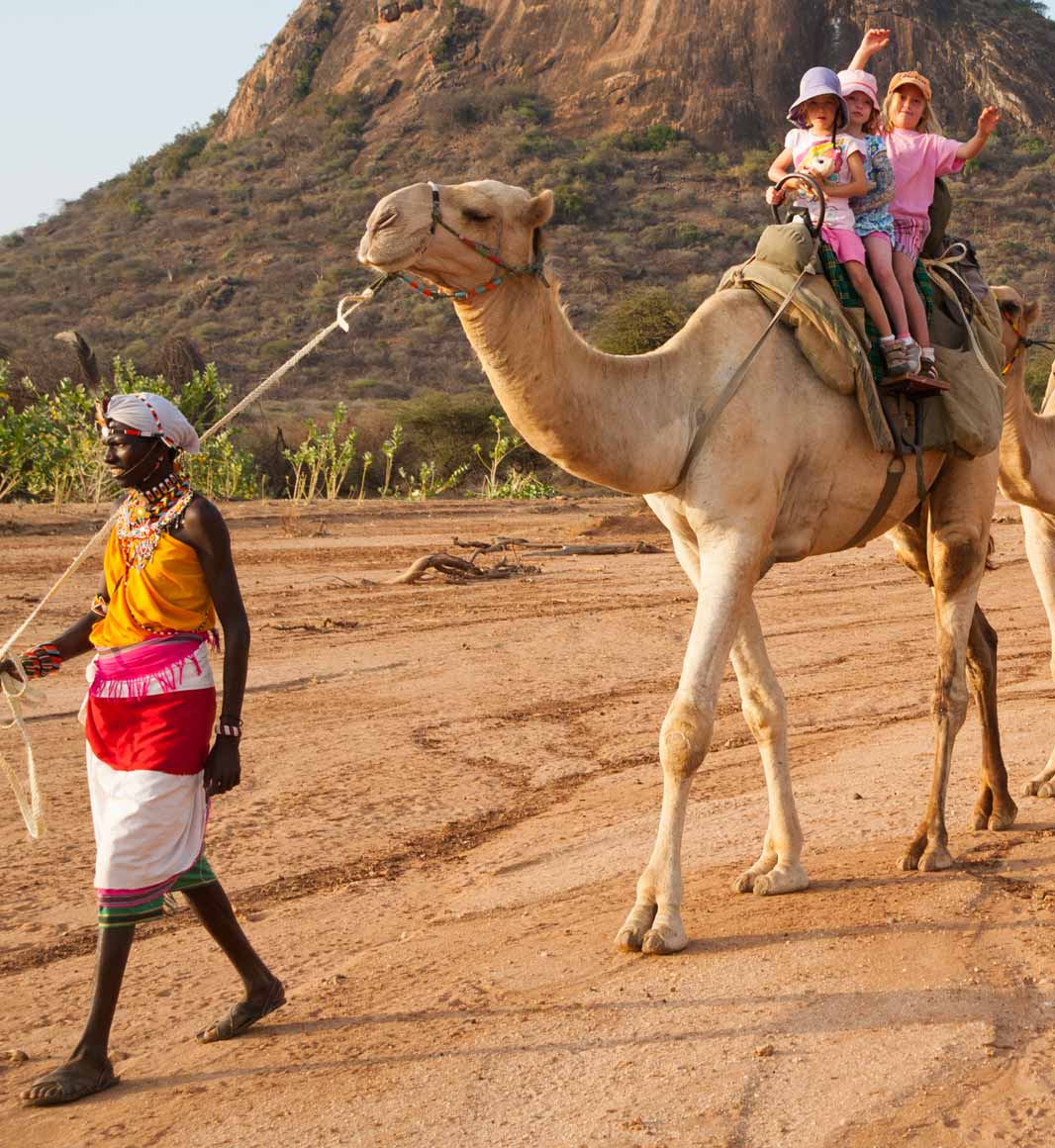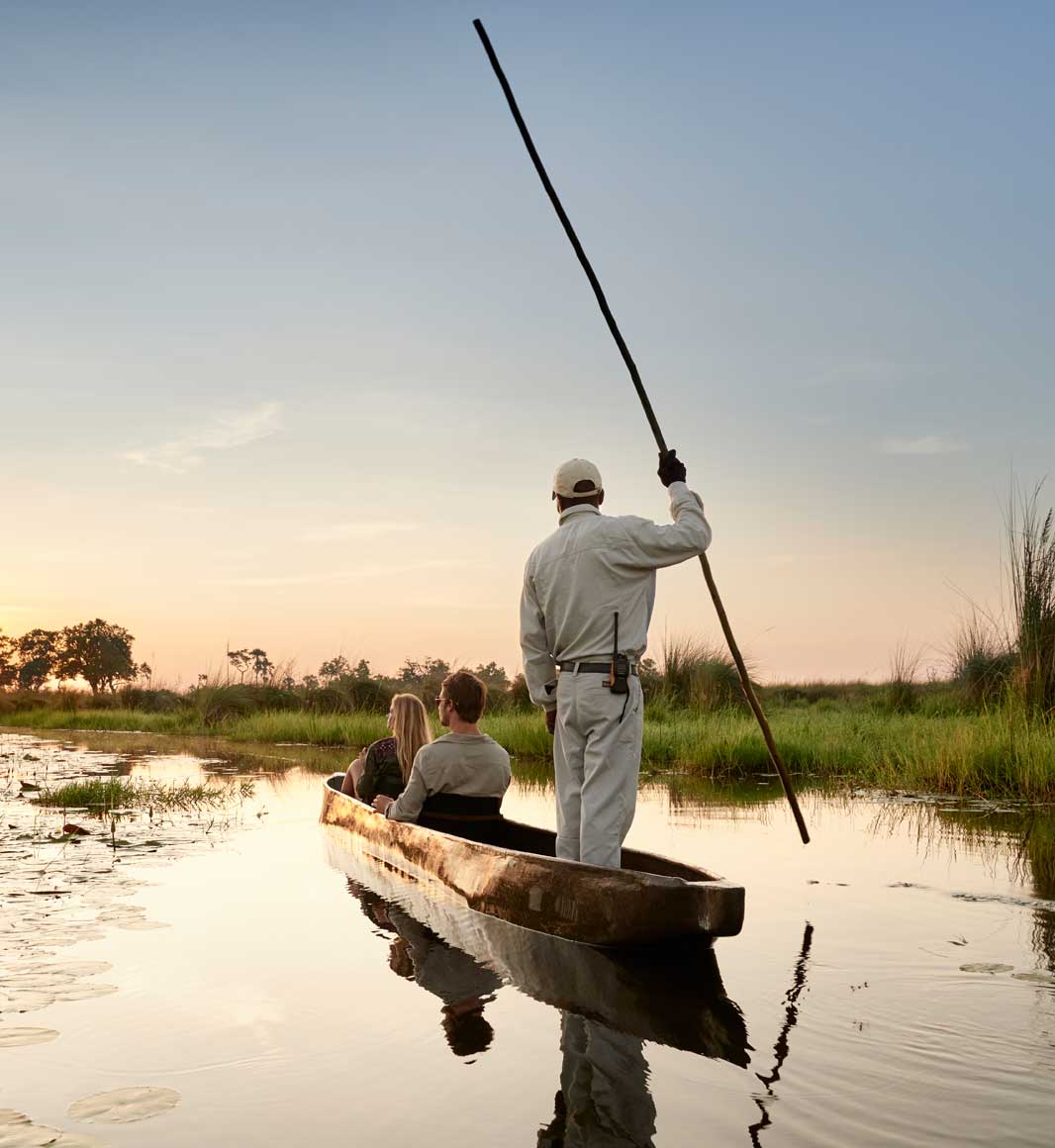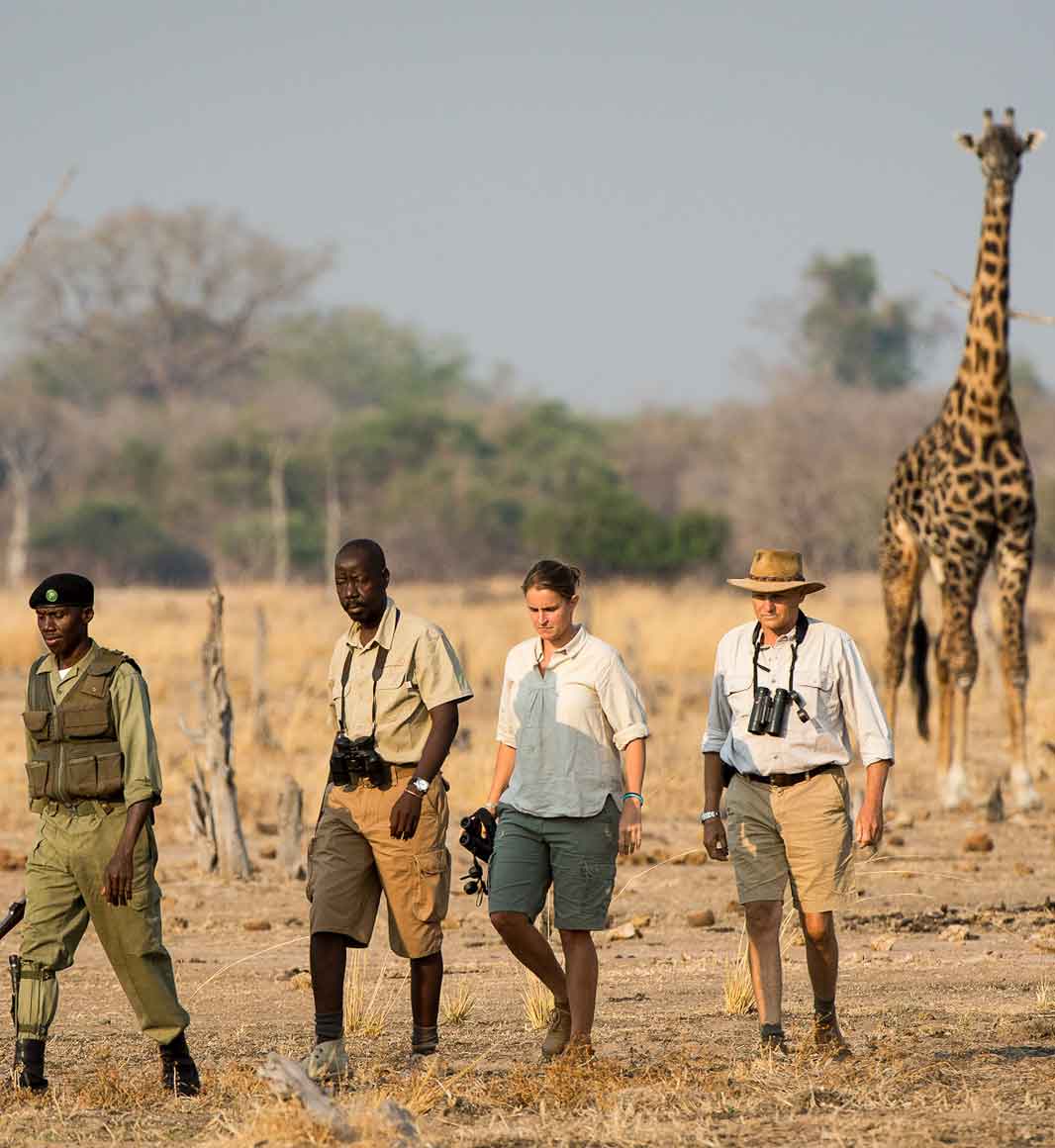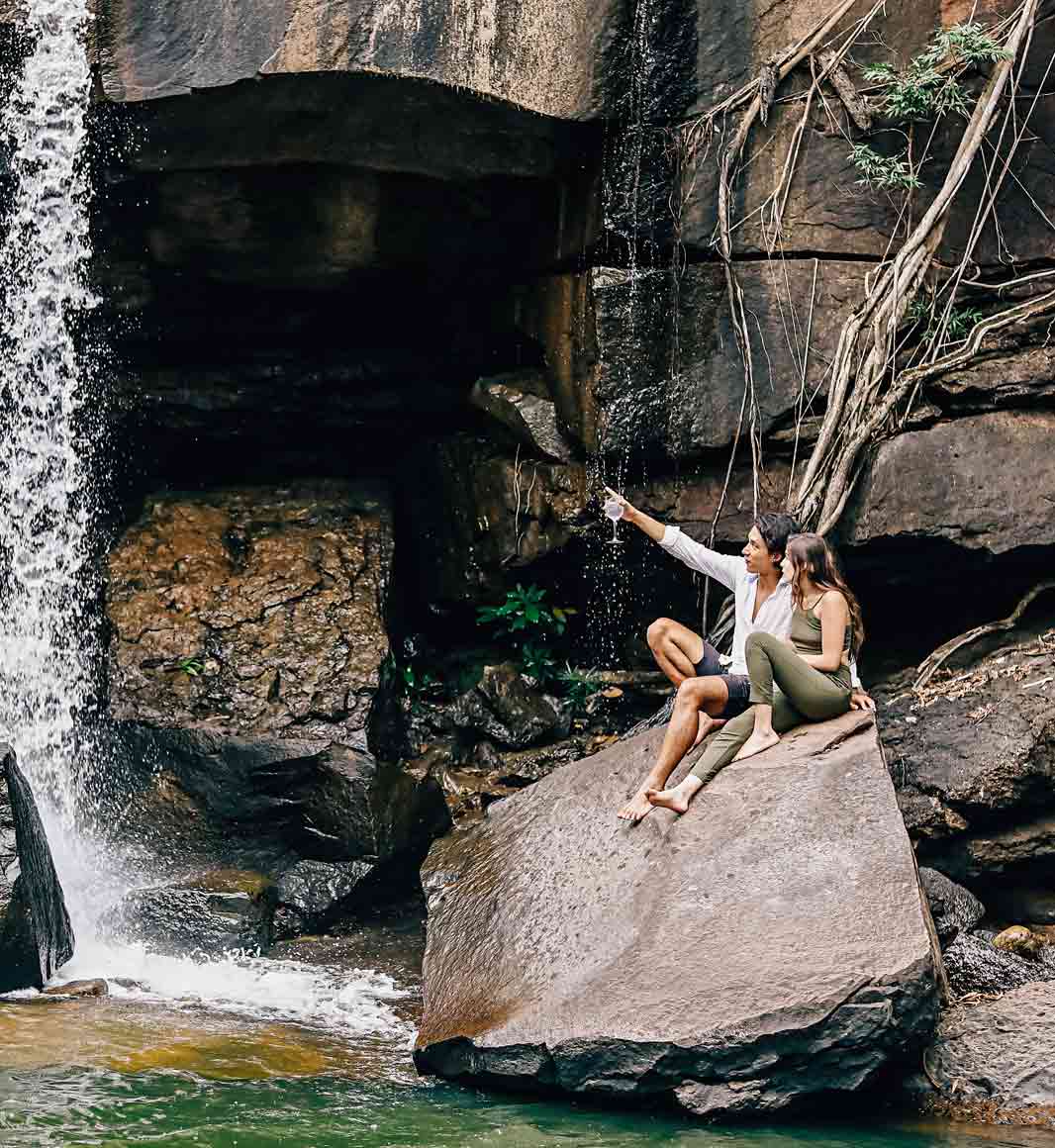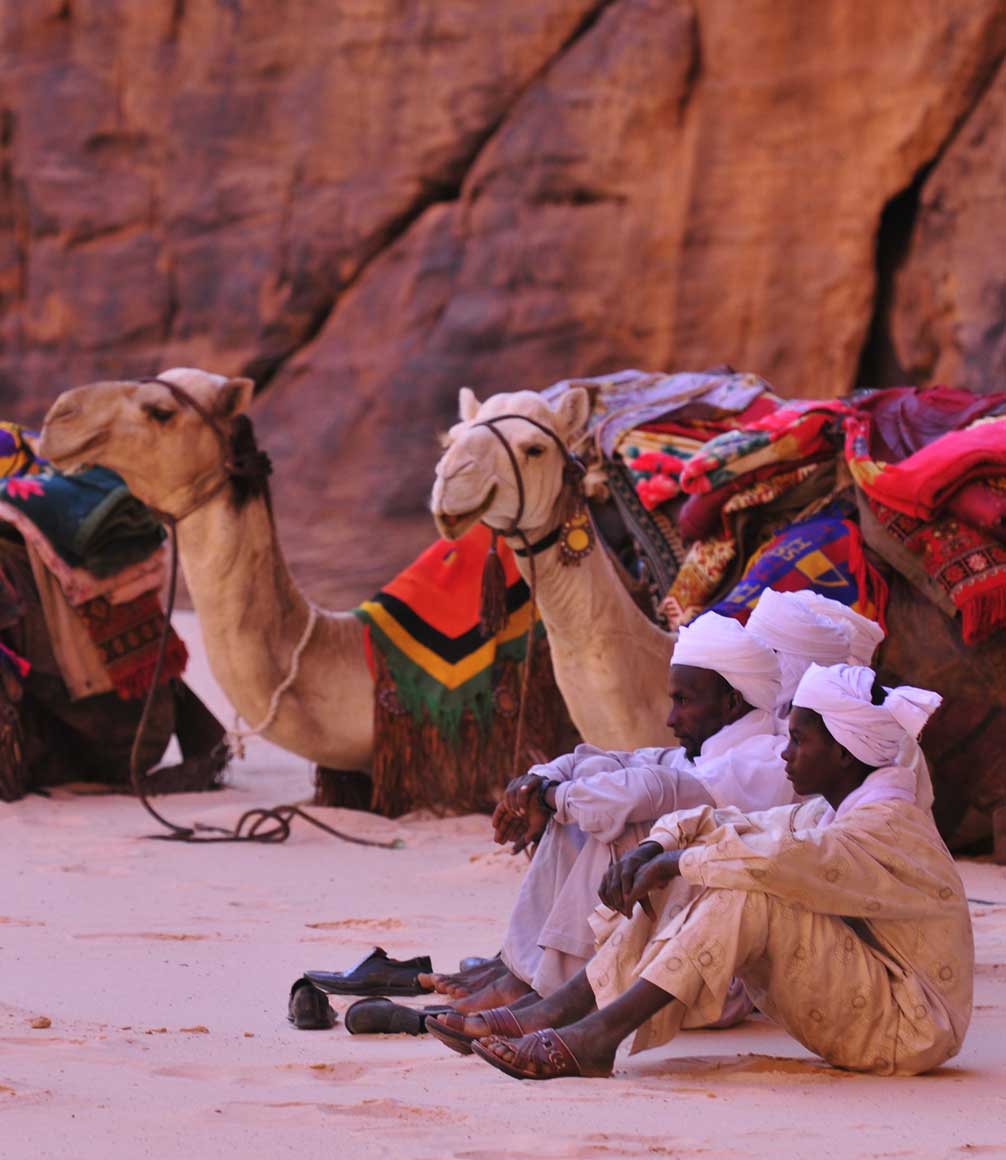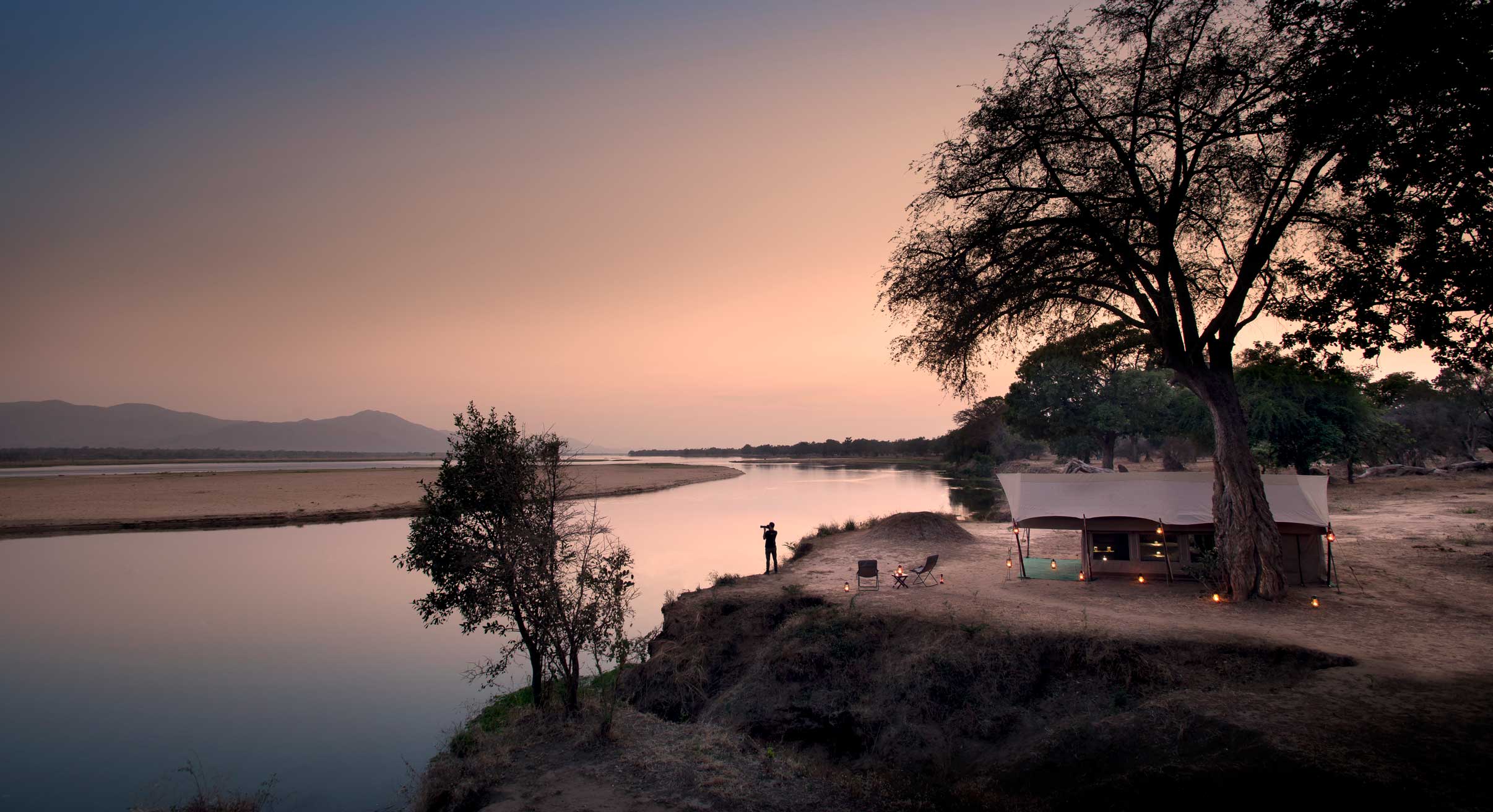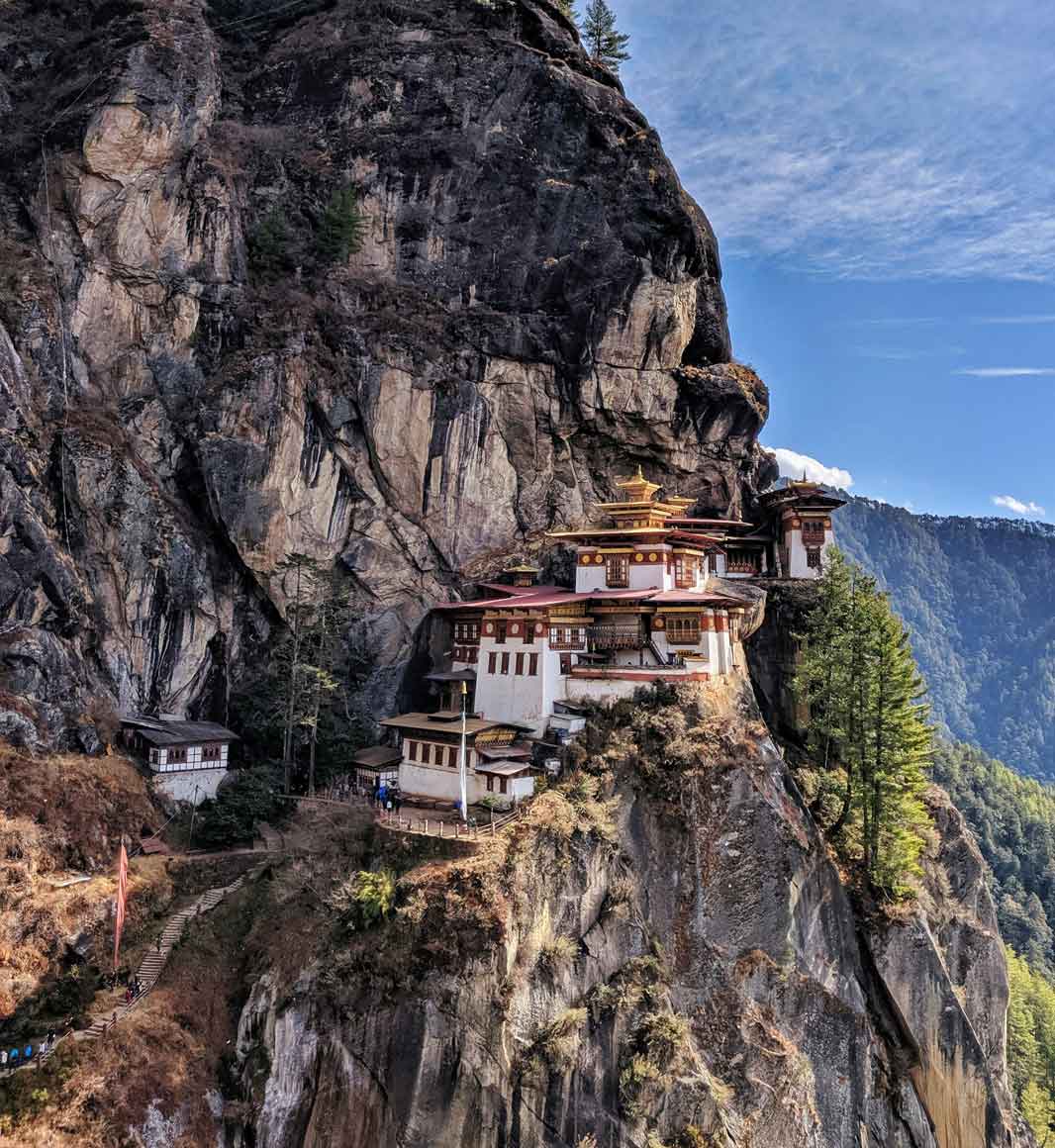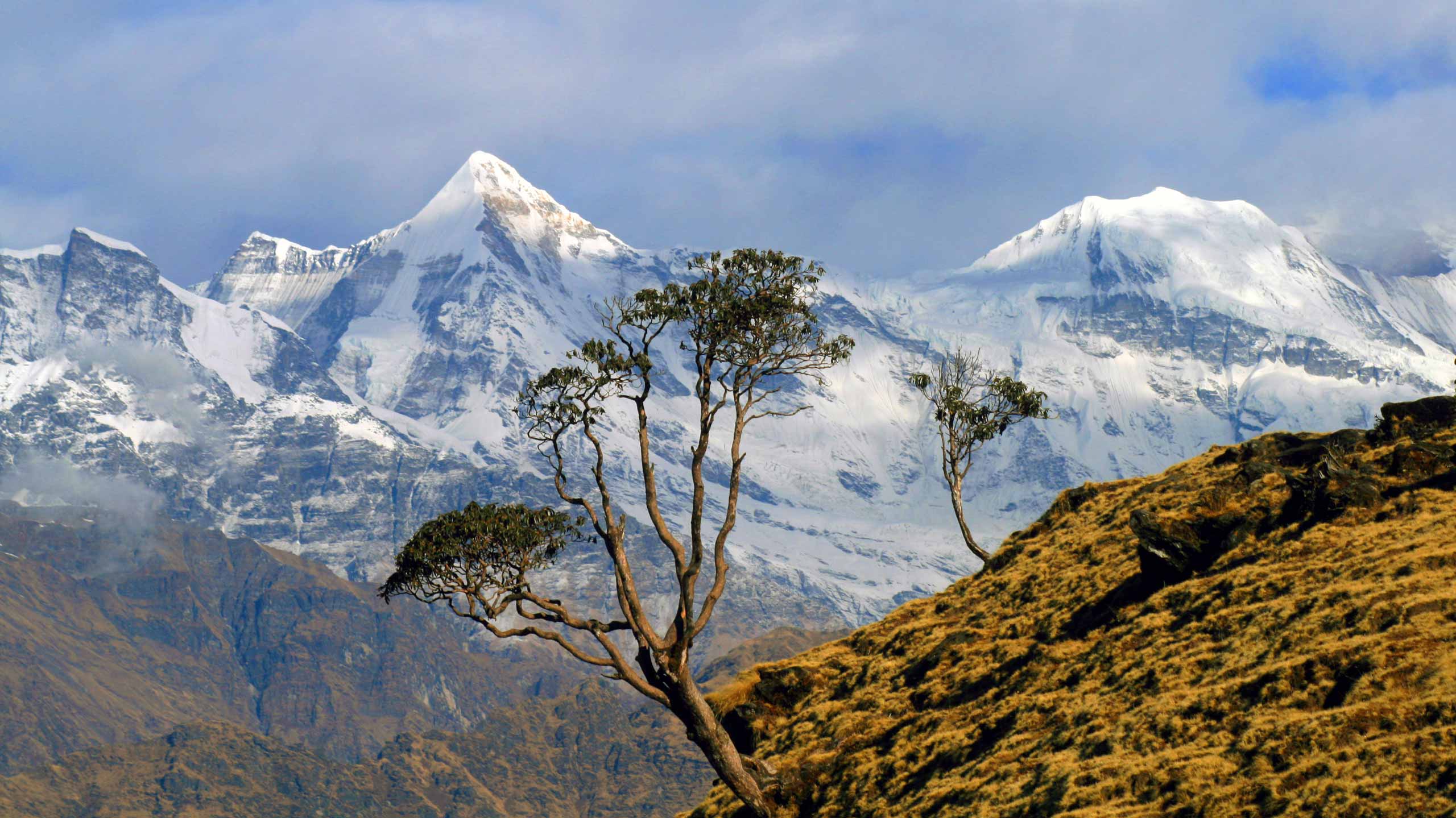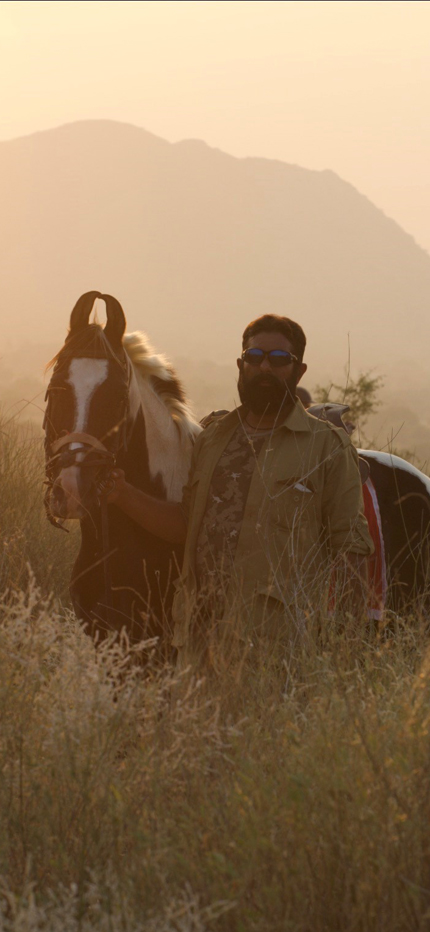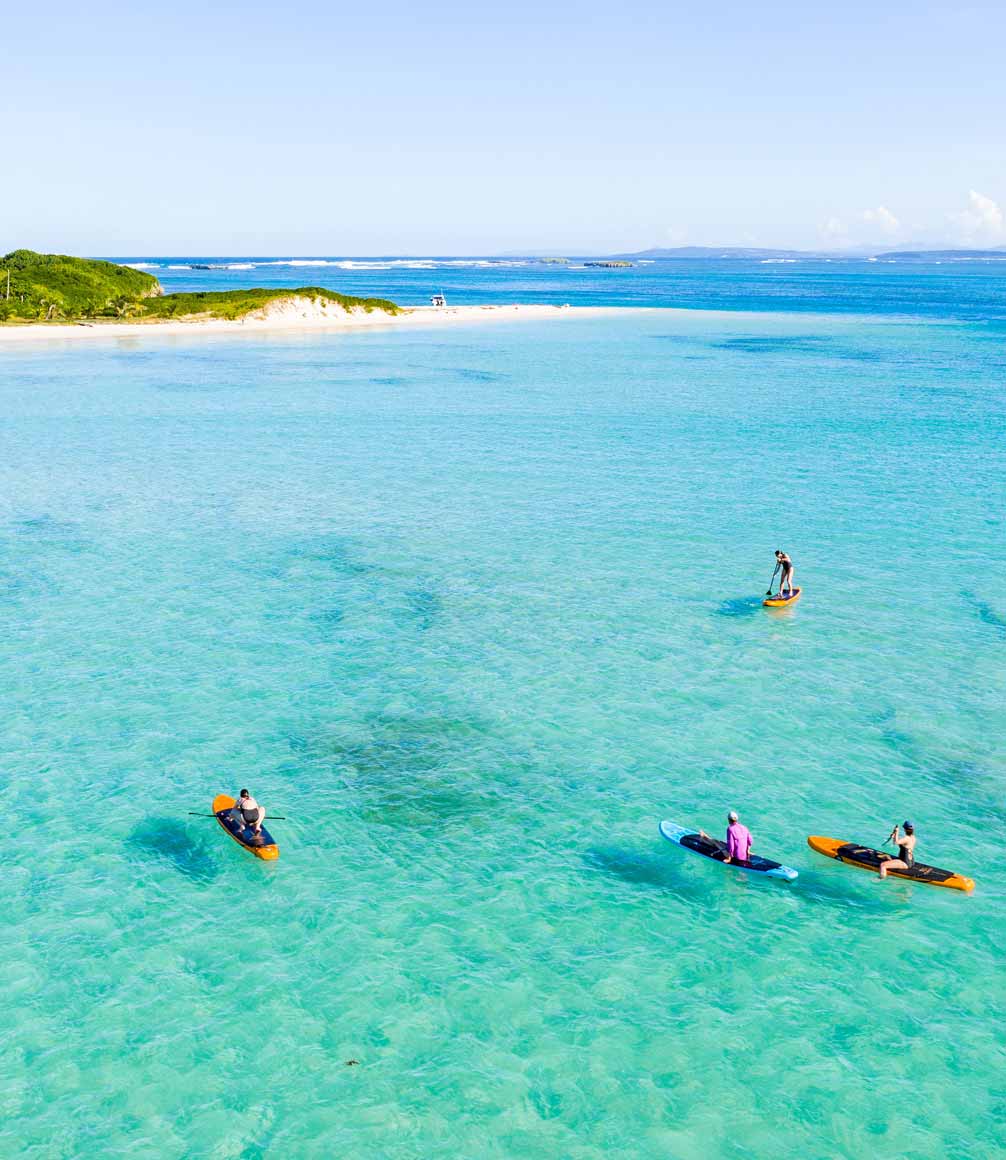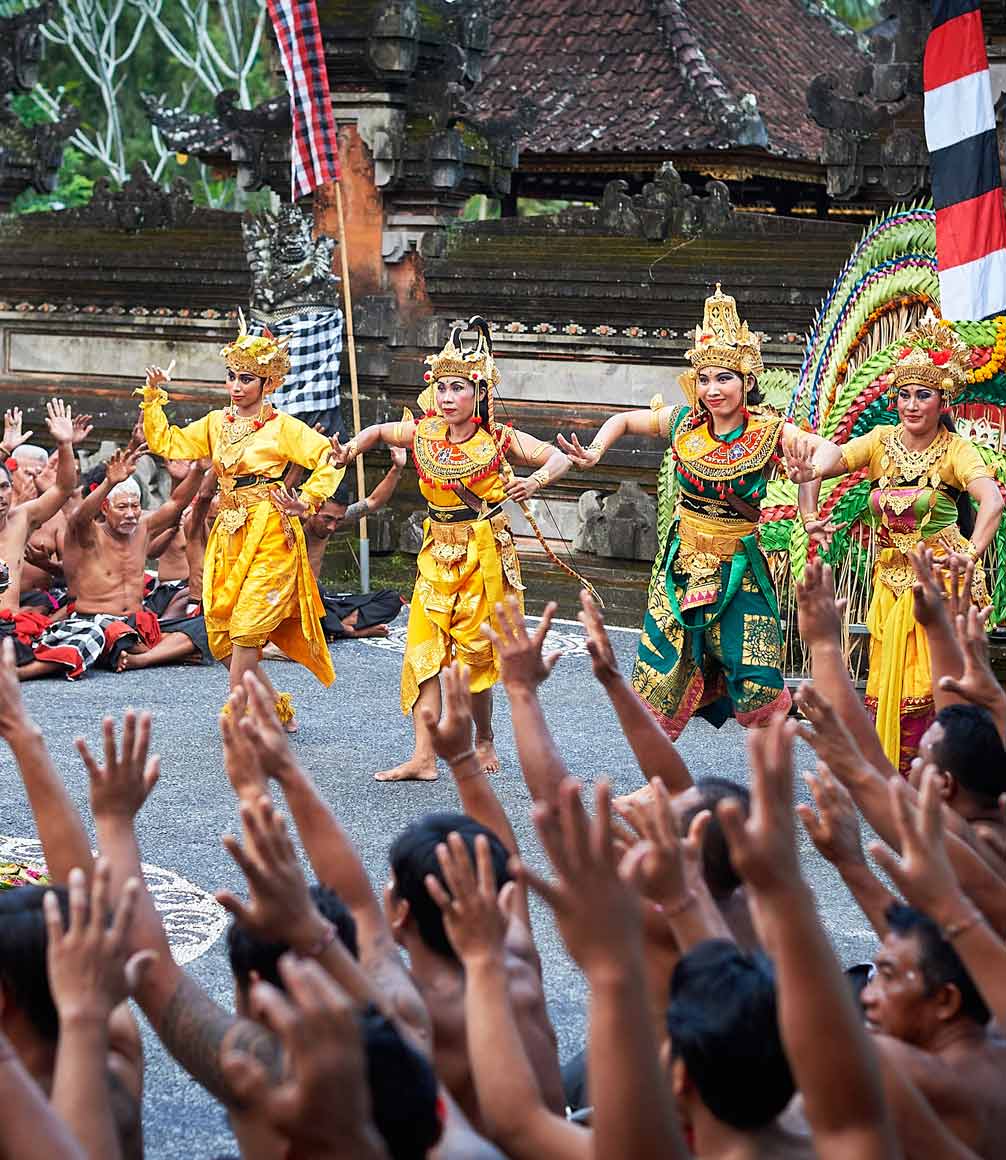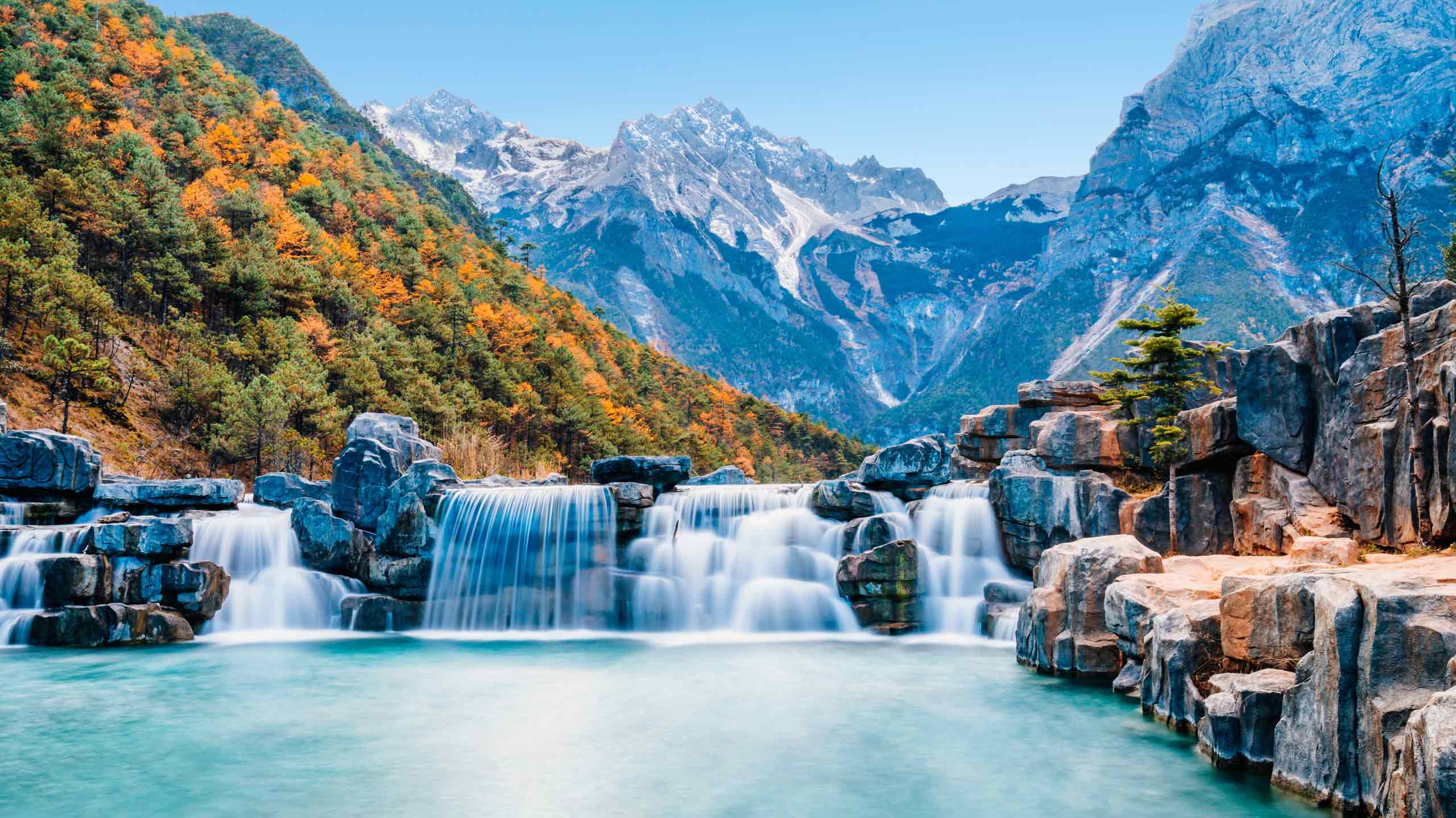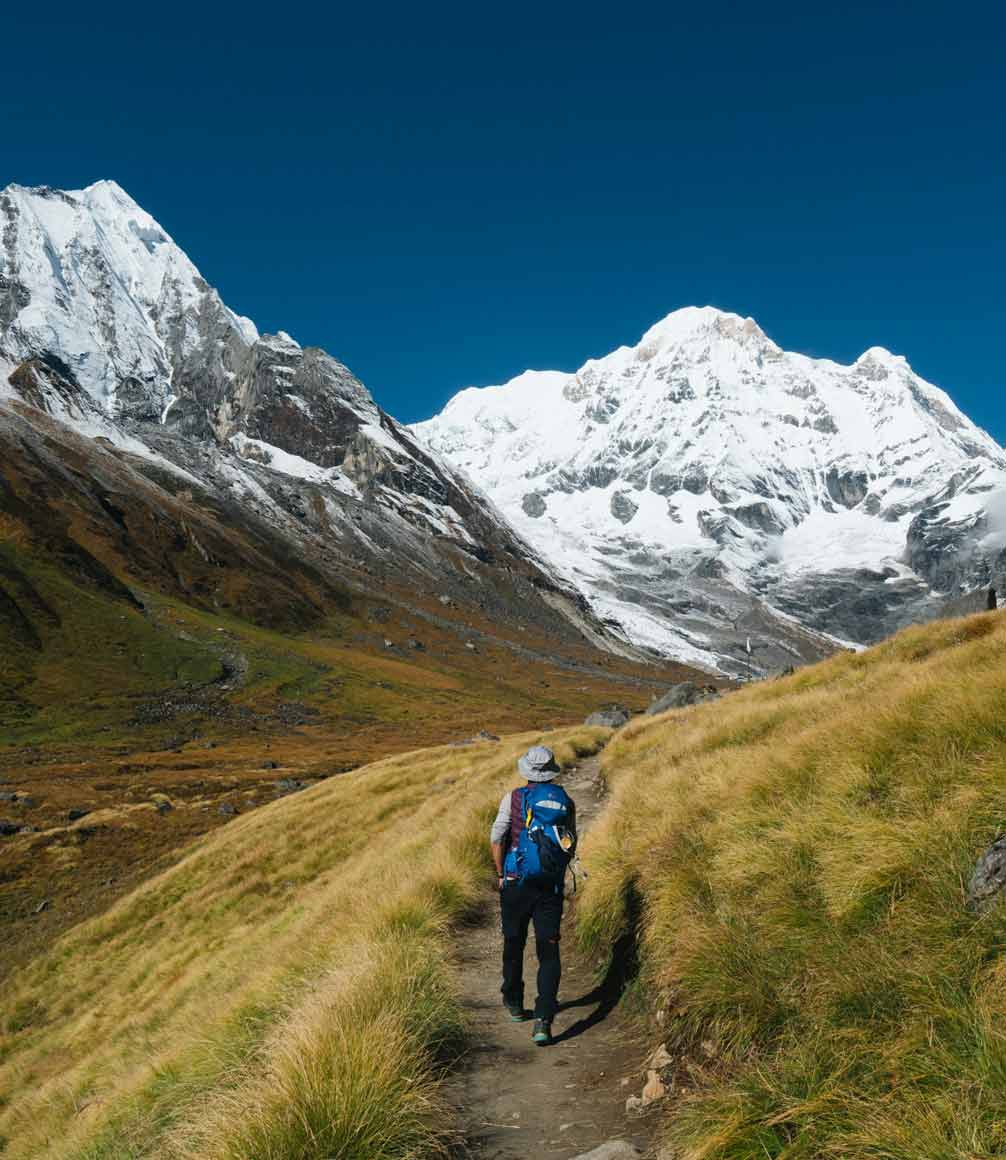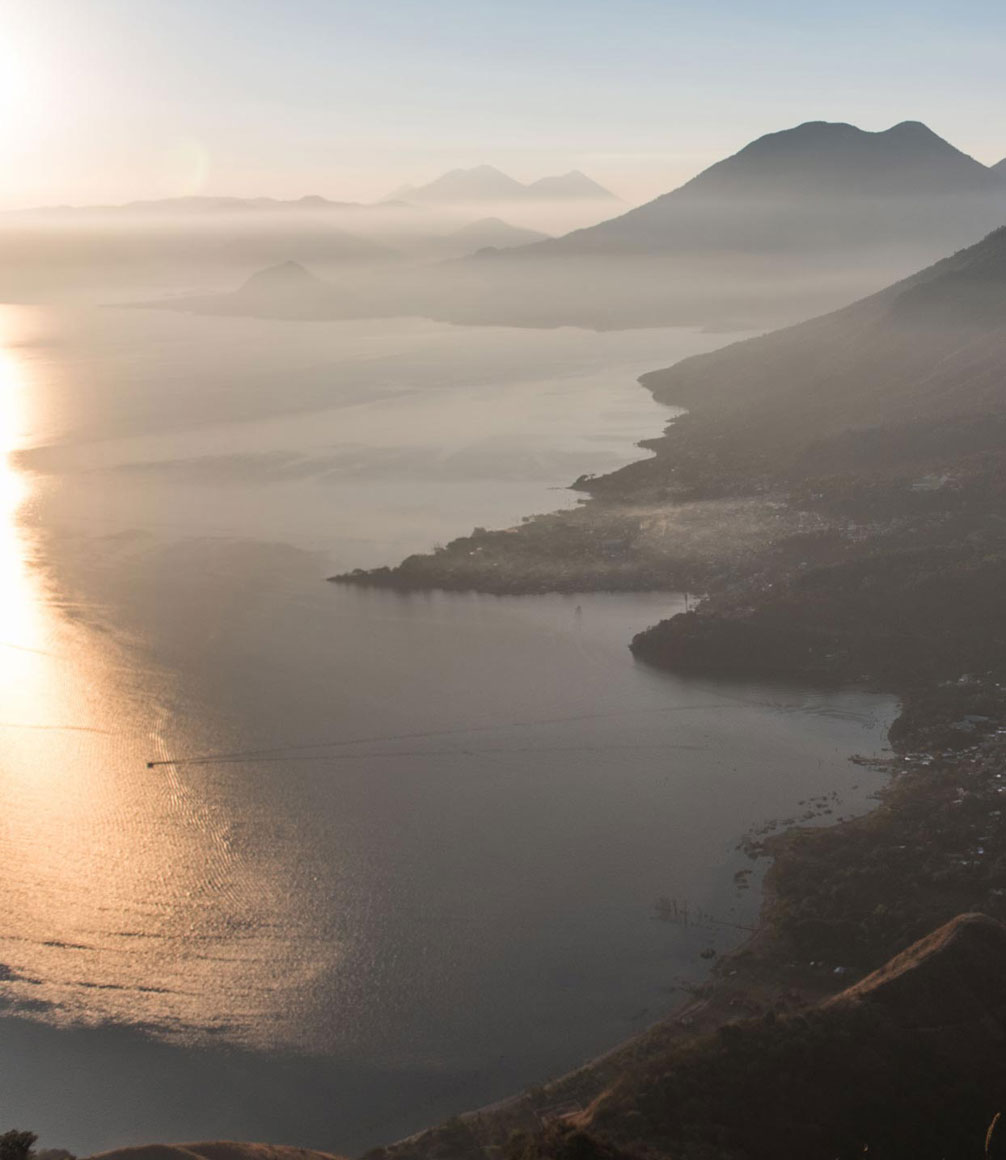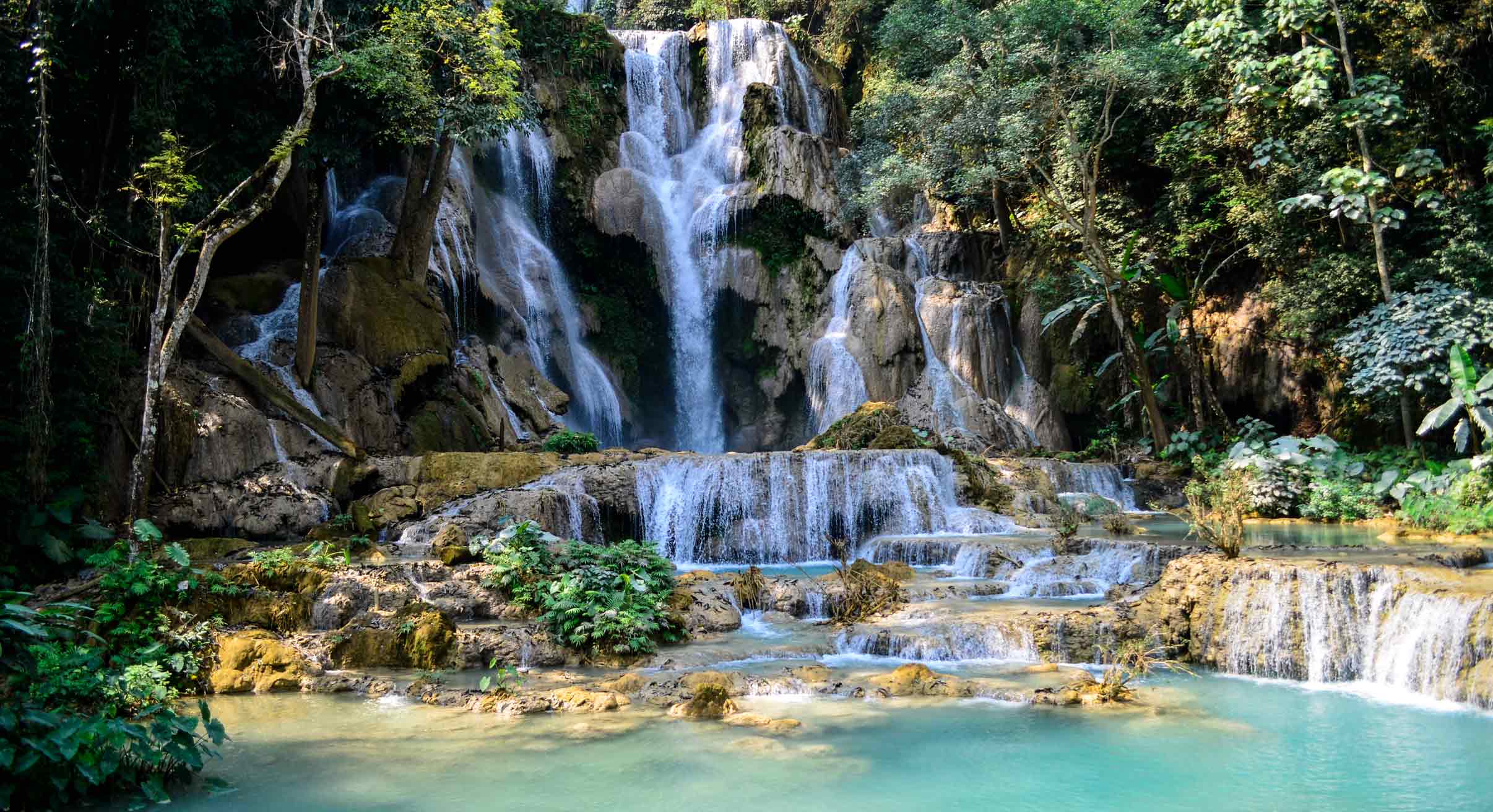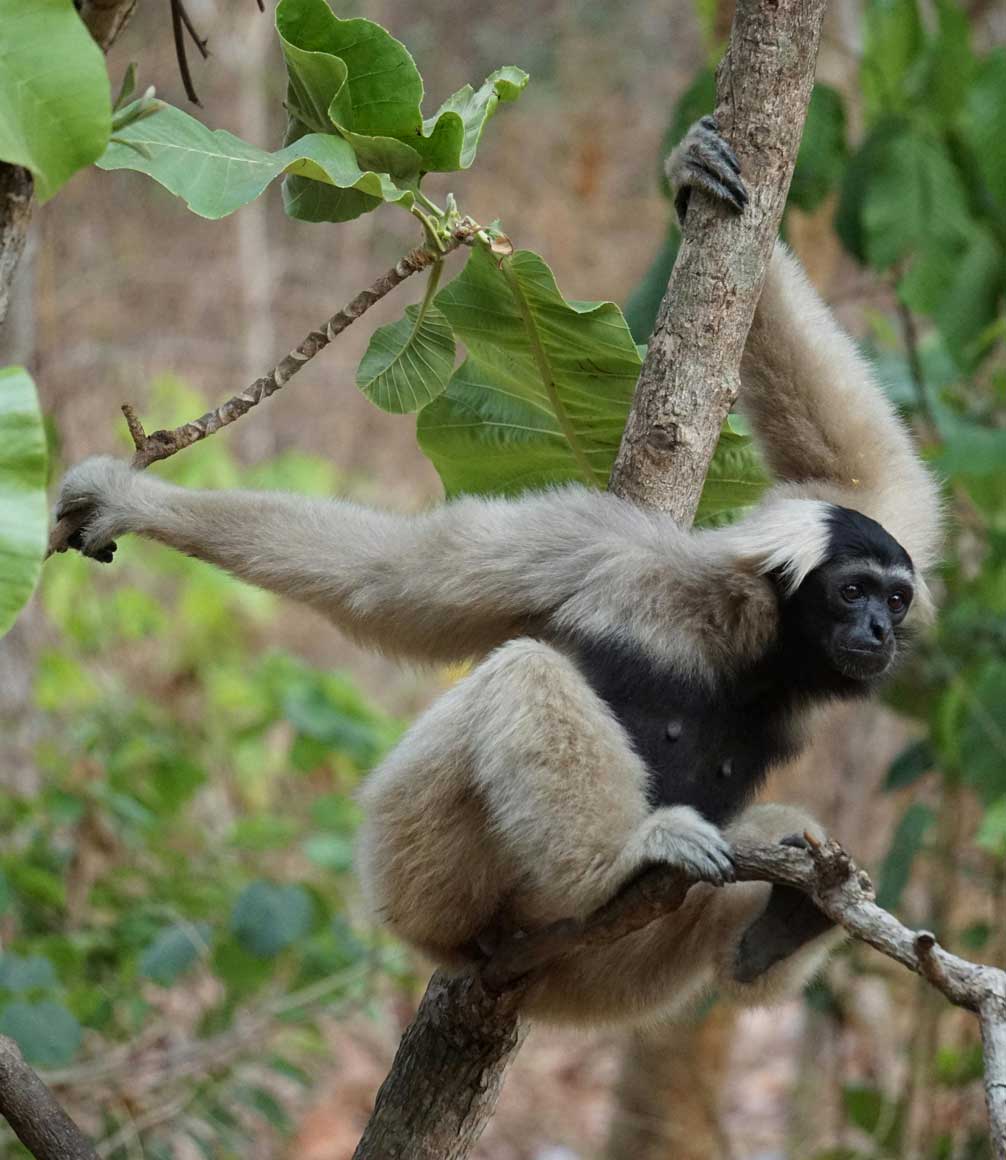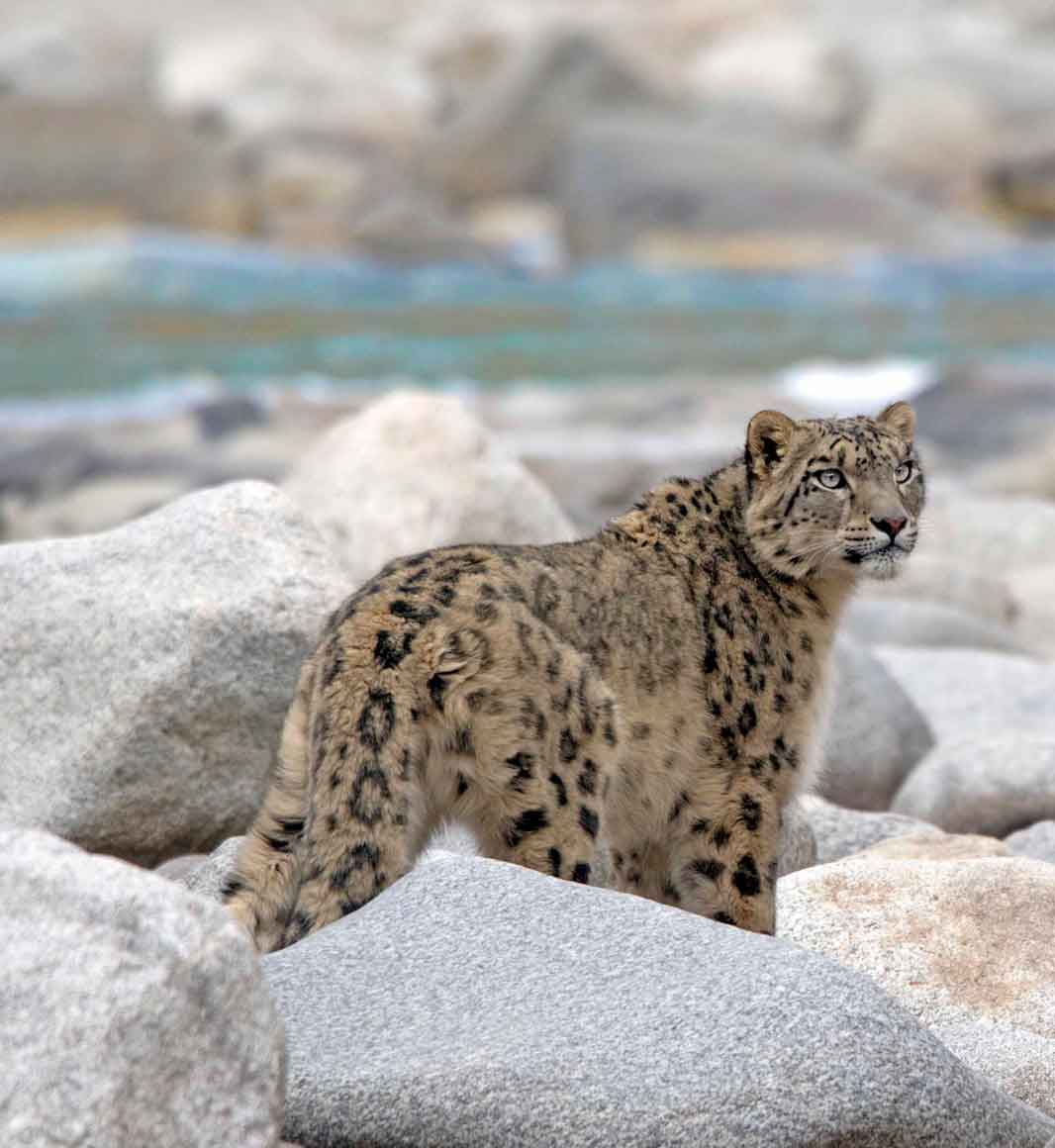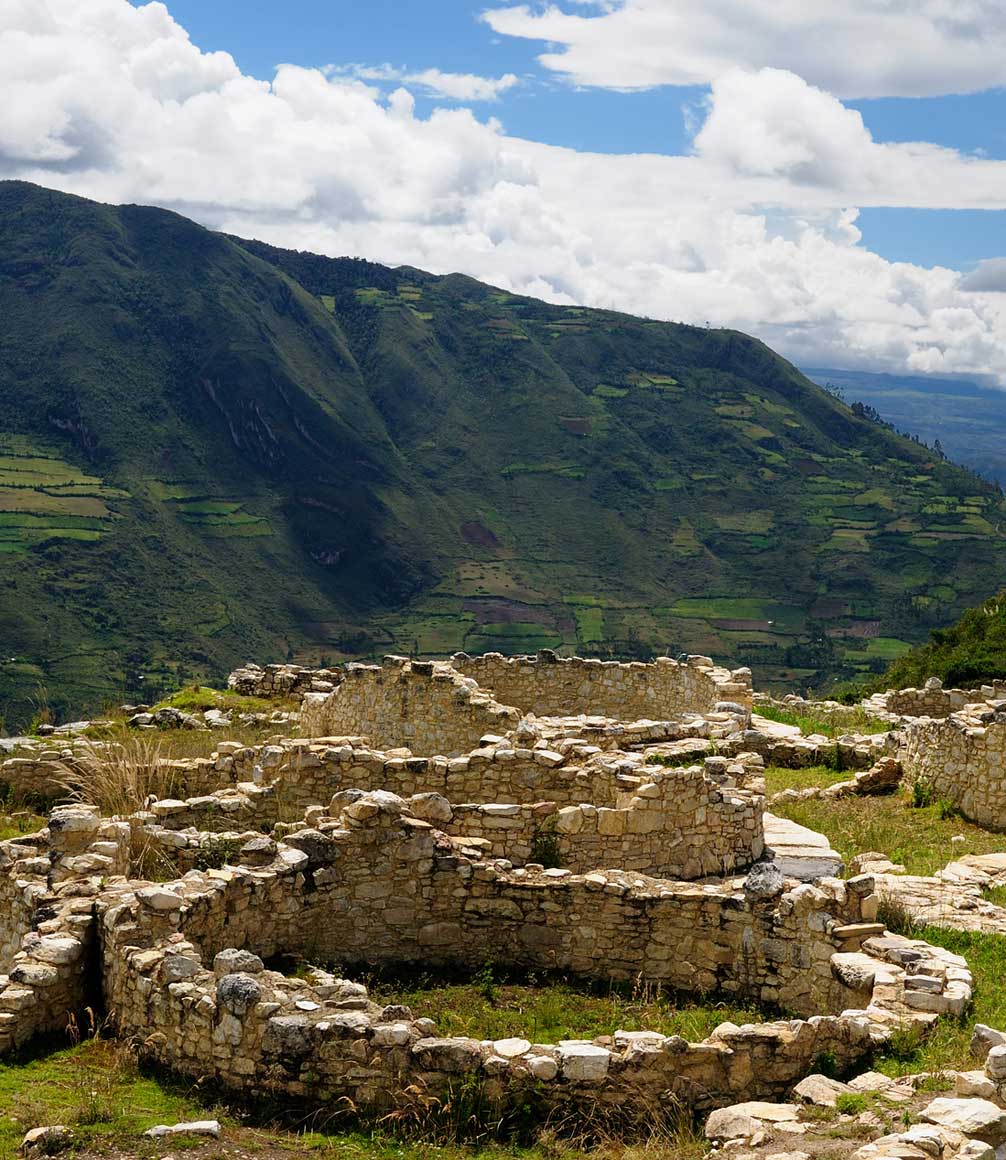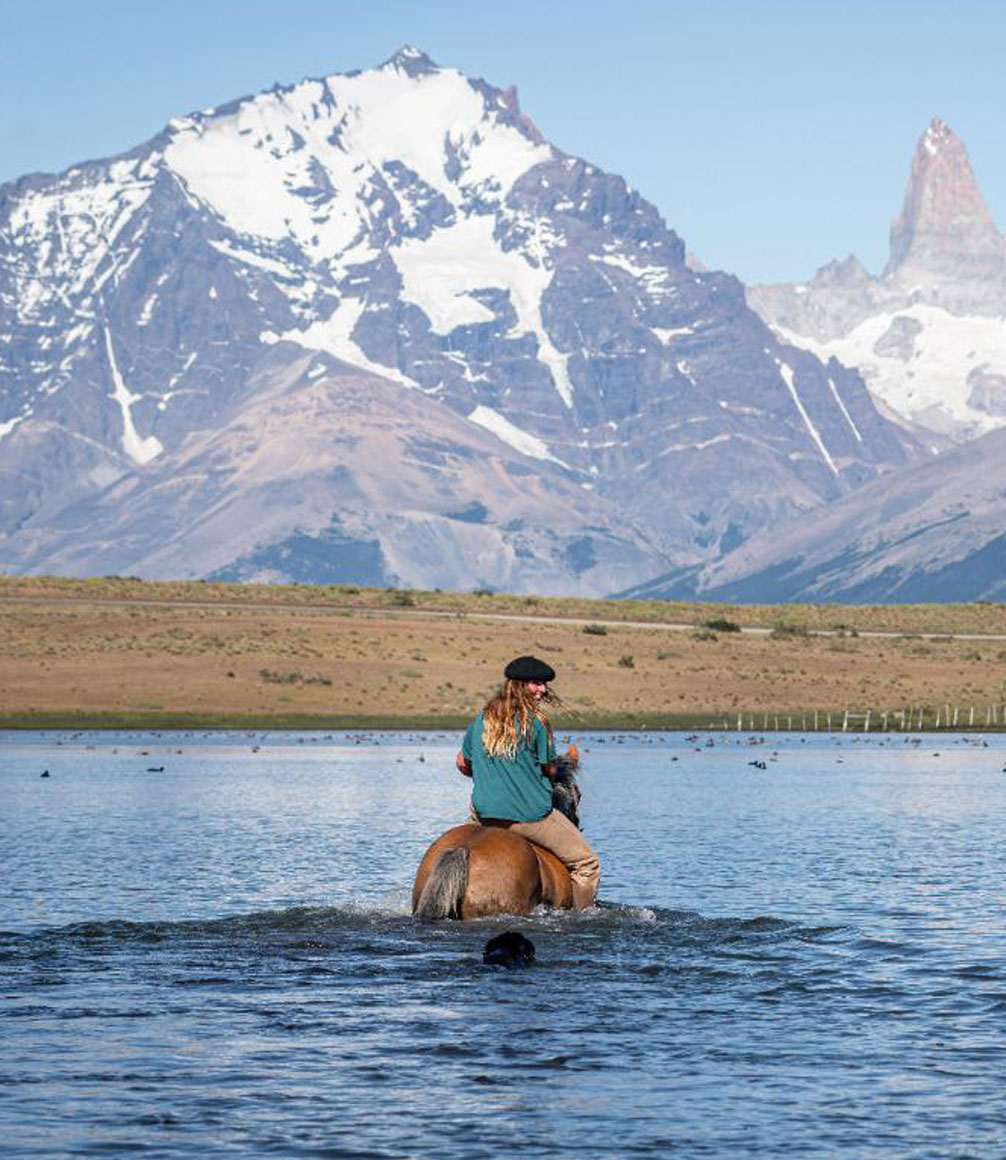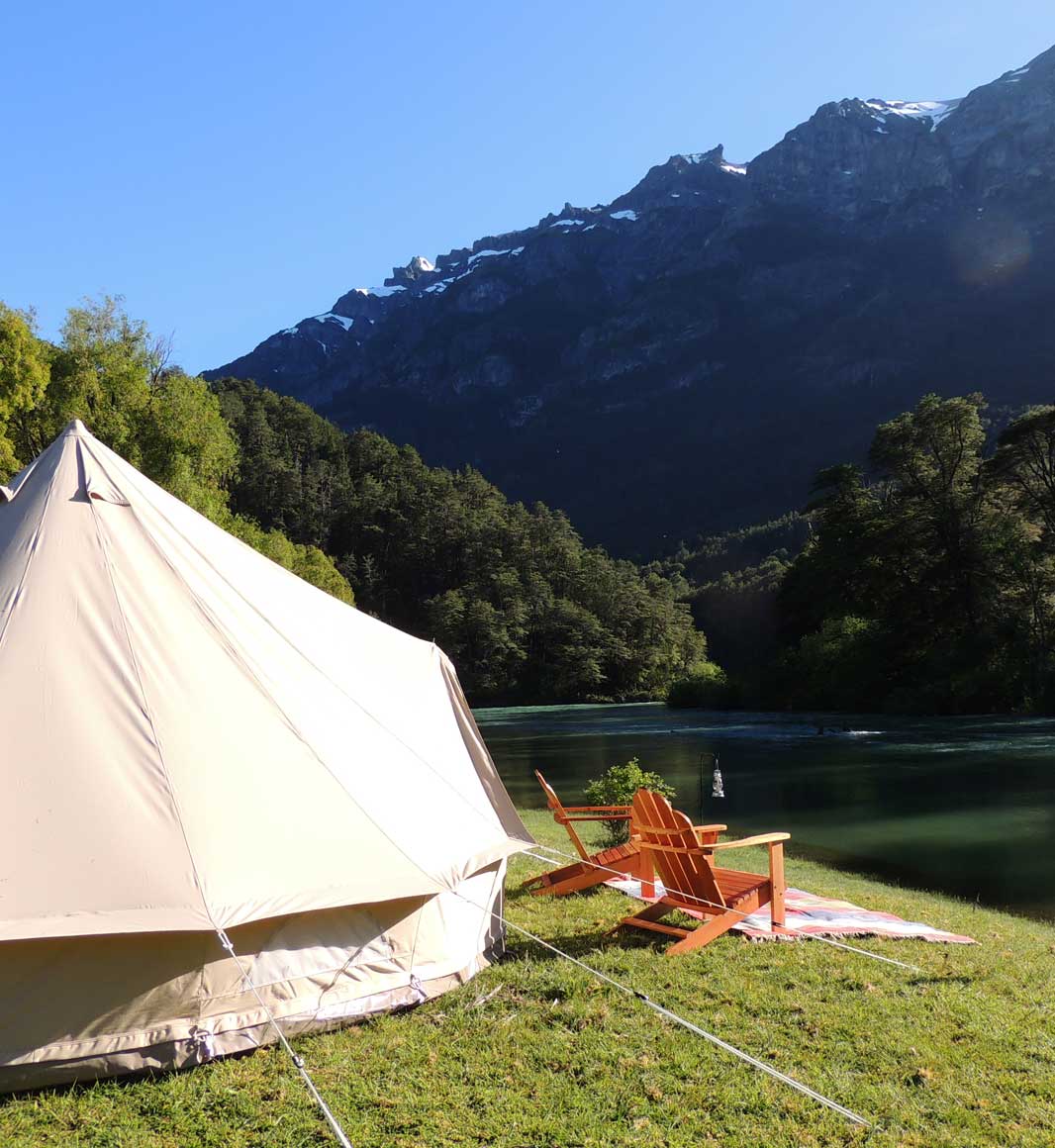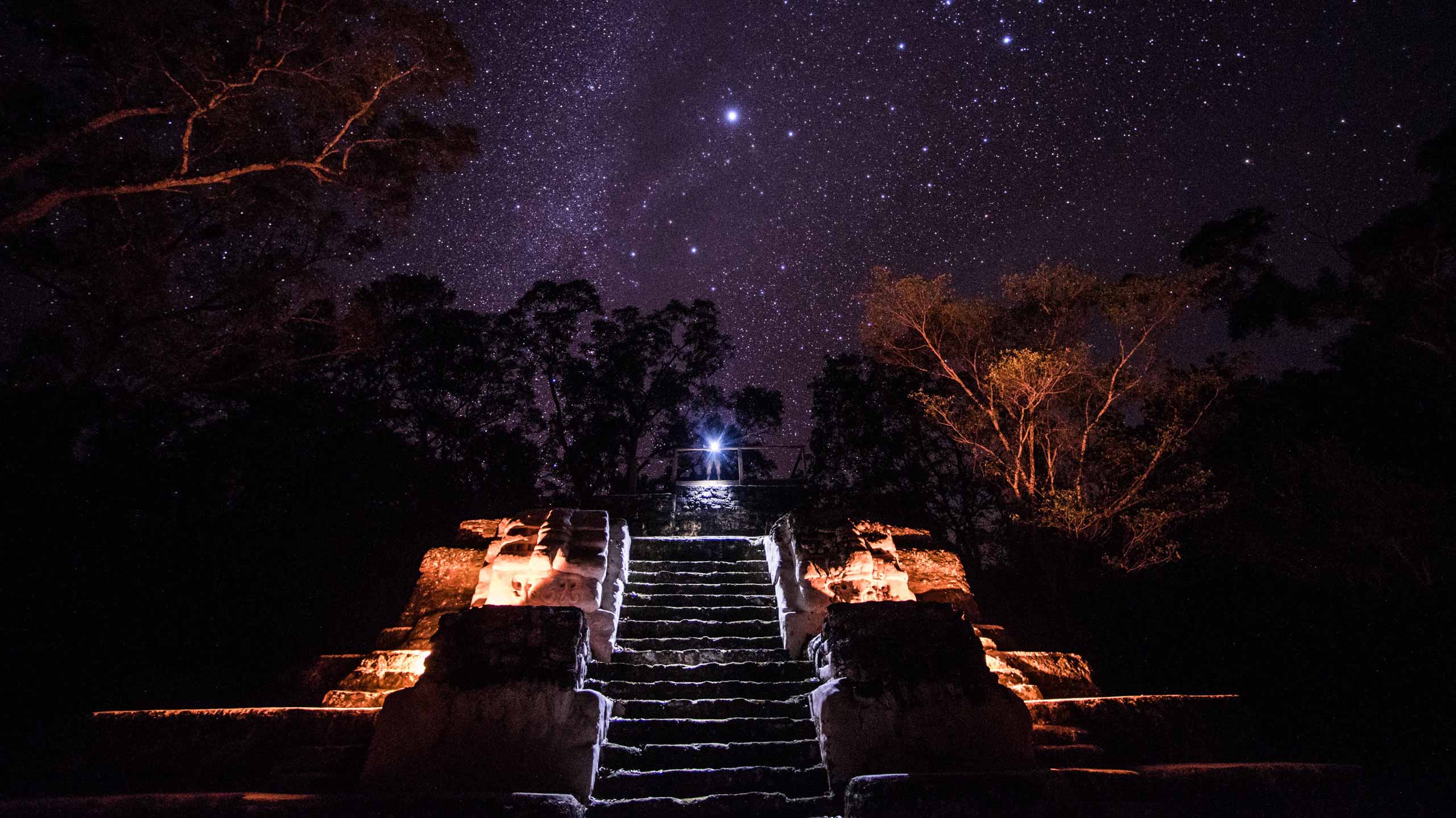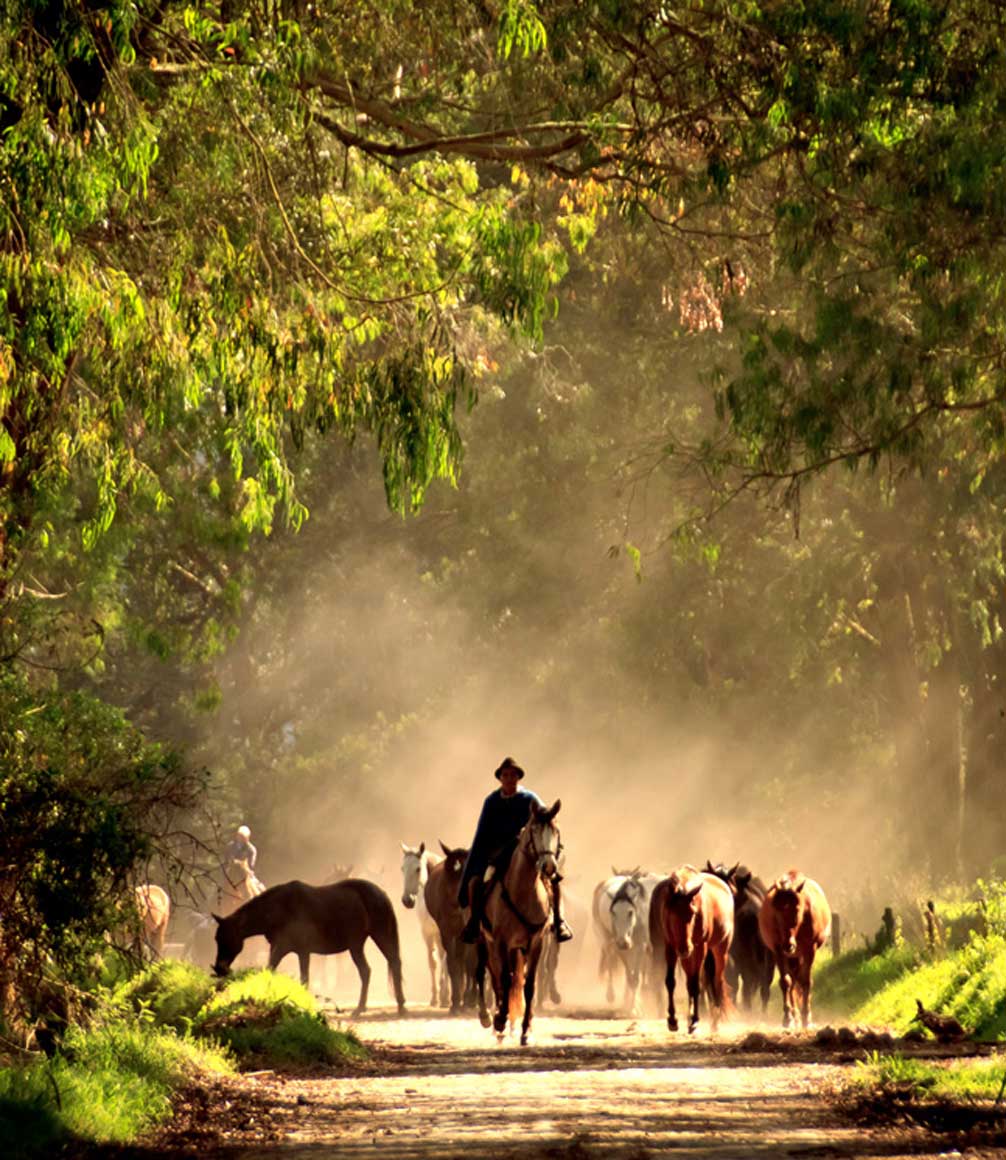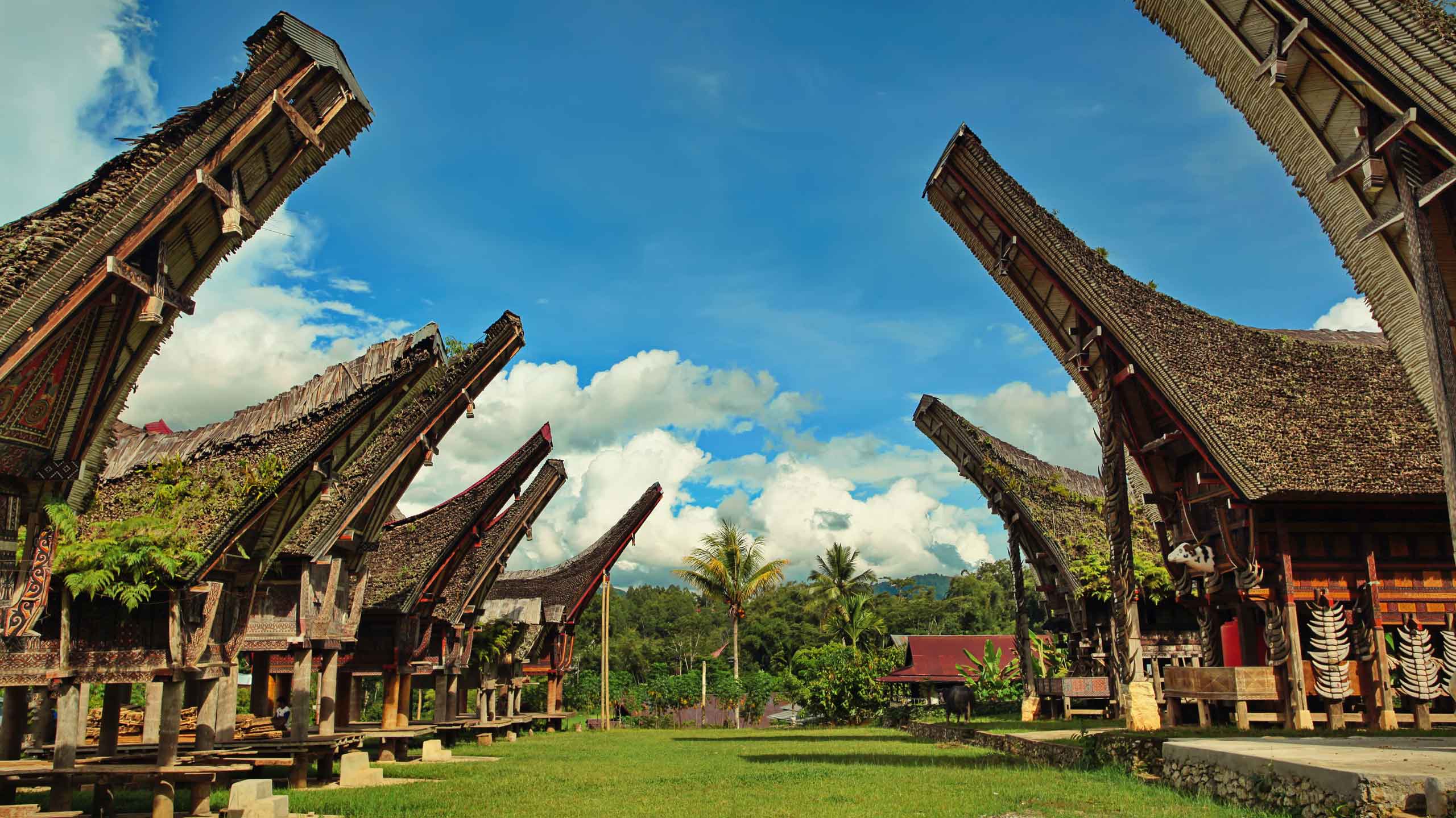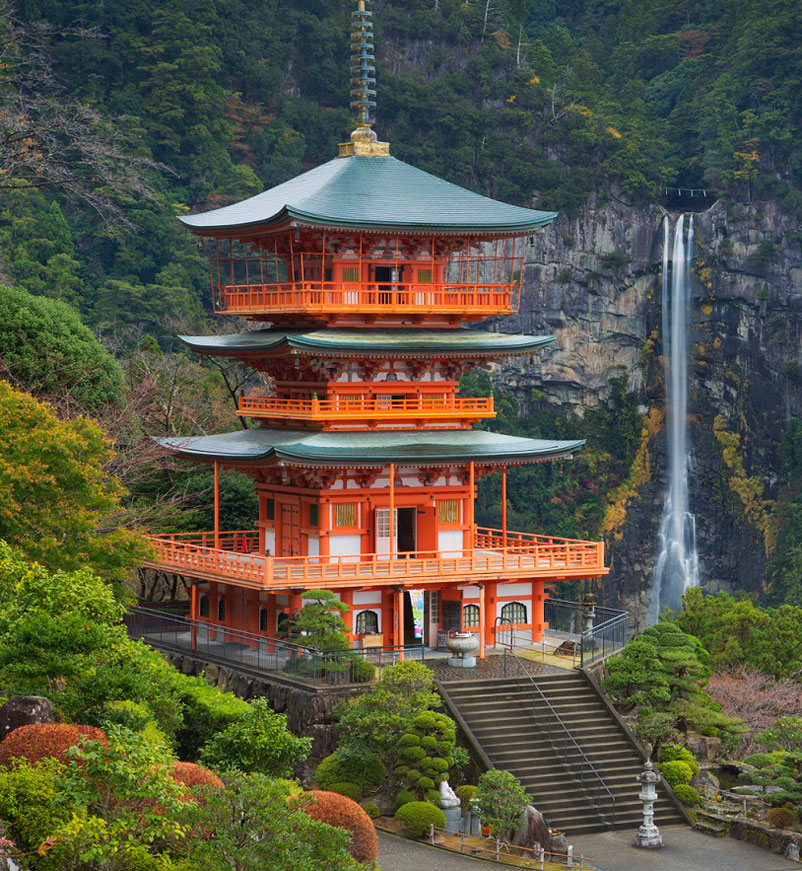Our walking and trekking holidays, horseback and mountain bike rides, river trips, winter sports and diving adventures give you extraordinary access to the planet’s most special corners, whether you’re based at a luxury lodge or staying under private canvas in the wilderness.
A love of the Great Outdoors is hard-wired into all true explorers. We share that passion. And, having designed adventures for some of the world’s most discerning travellers since 1989, we at Explorations Company know how to elevate your time in the wilderness into something special. For us, it’s the little details that are important. A picnic and a view laid out for you as you crest a high Himalayan pass on a trek through Bhutan. A van and mechanic ready to support you as you tackle a gnarly mountain bike route in the Western Cape. A crackling fire and a glass of Malbec waiting for you as you reach your luxury private wilderness camp after a day riding the Patagonian steppe on horseback.
"At Explorations Company, we know how to elevate your time in the wilderness into something special."
Most of the destinations in our portfolio offer fabulous possibilities for being active outdoors. Imagine skiing champagne powder slopes in the backcountry of the Chilean Andes, diving Raja Ampat’s shimmering unspoiled reefs, or trekking to remote cliff churches in the Ethiopian highlands. Whether you prefer to be lodge-based or stay in fly camps, we never compromise on the quality of your guiding. The guides we use are a crucial element in your outdoor adventure and are there not just to ensure your safety, but to act as a wise, illuminating, entertaining and dedicated travel companion – your very own Passepartout!
Ready to take the road less travelled?
